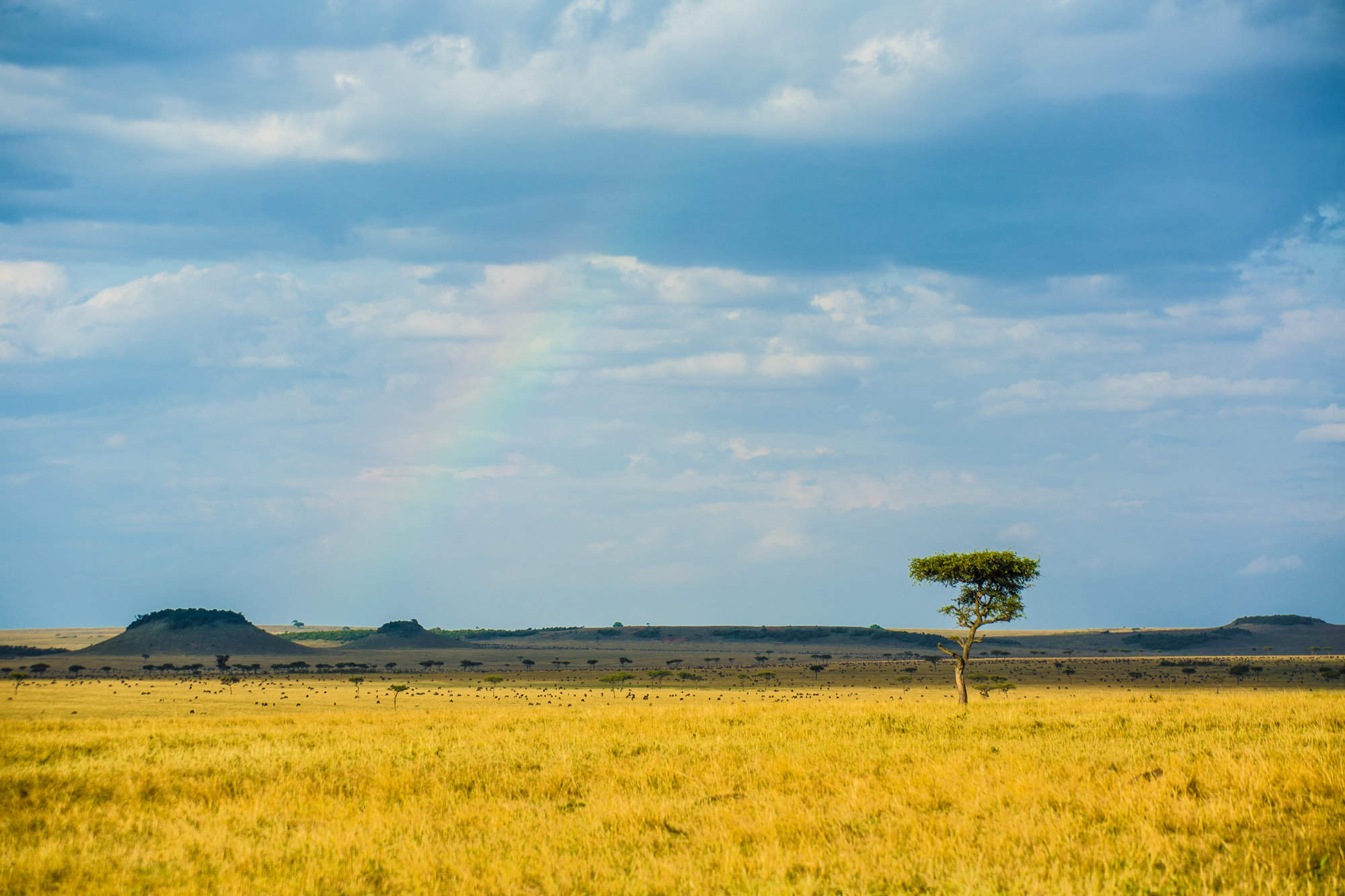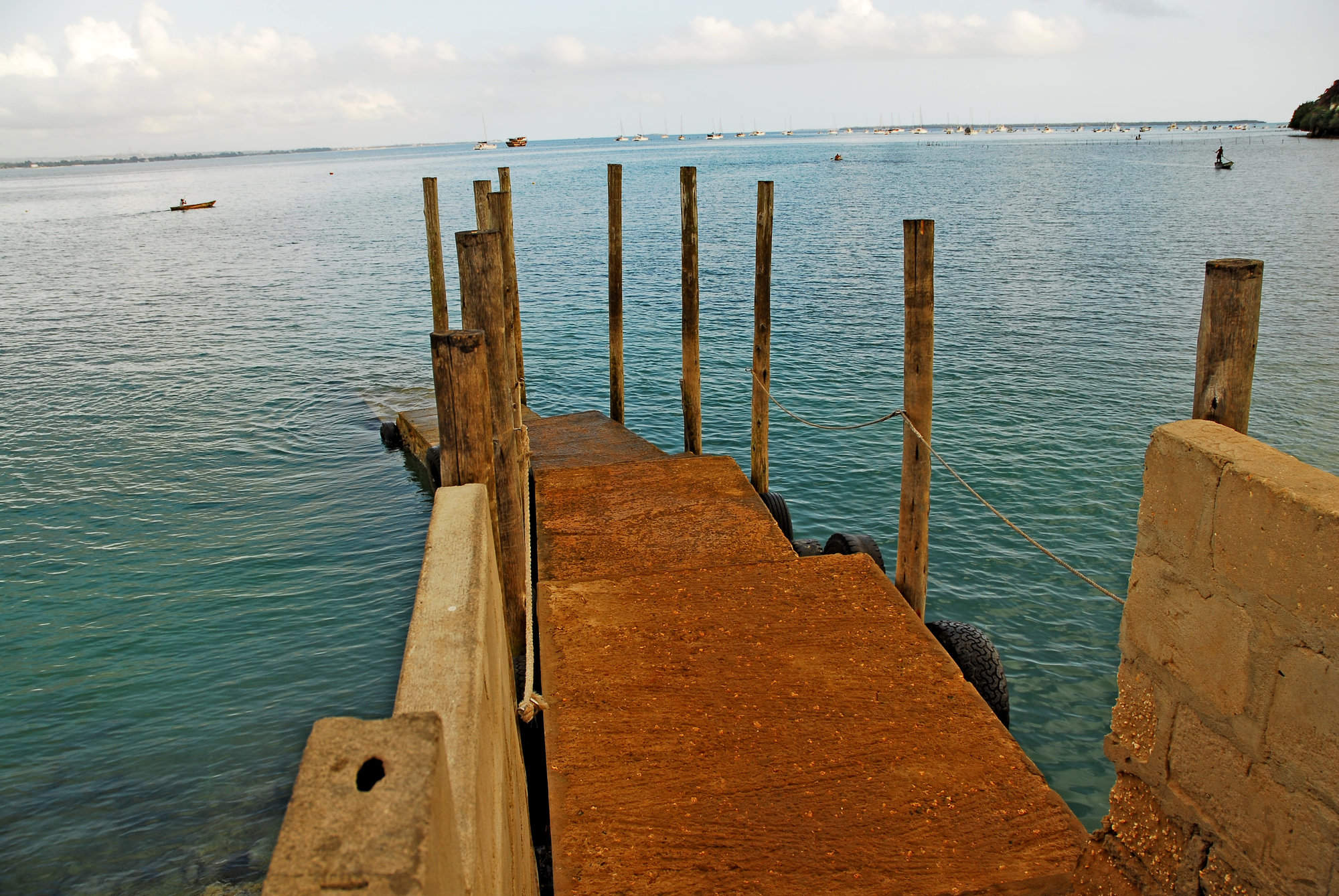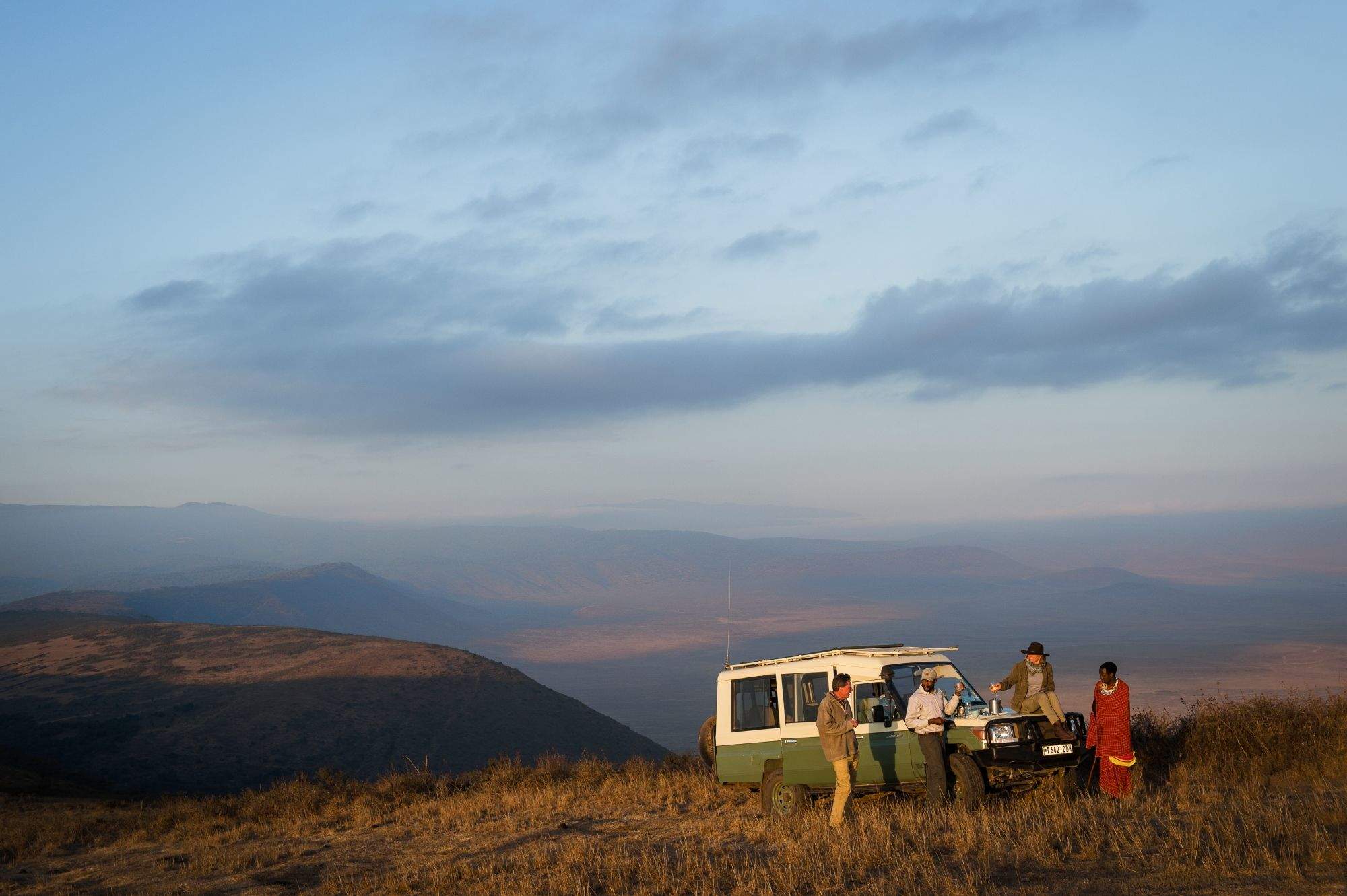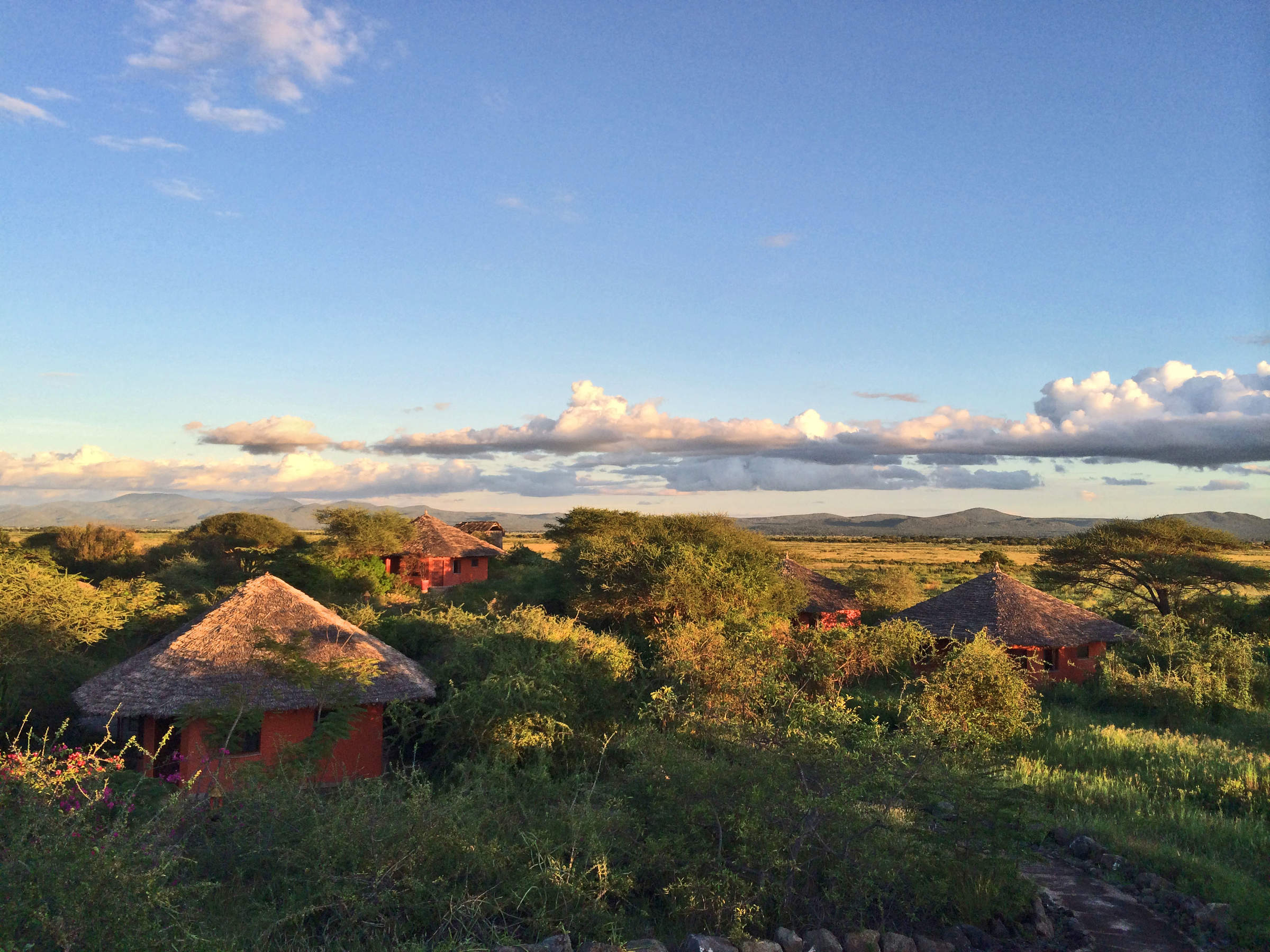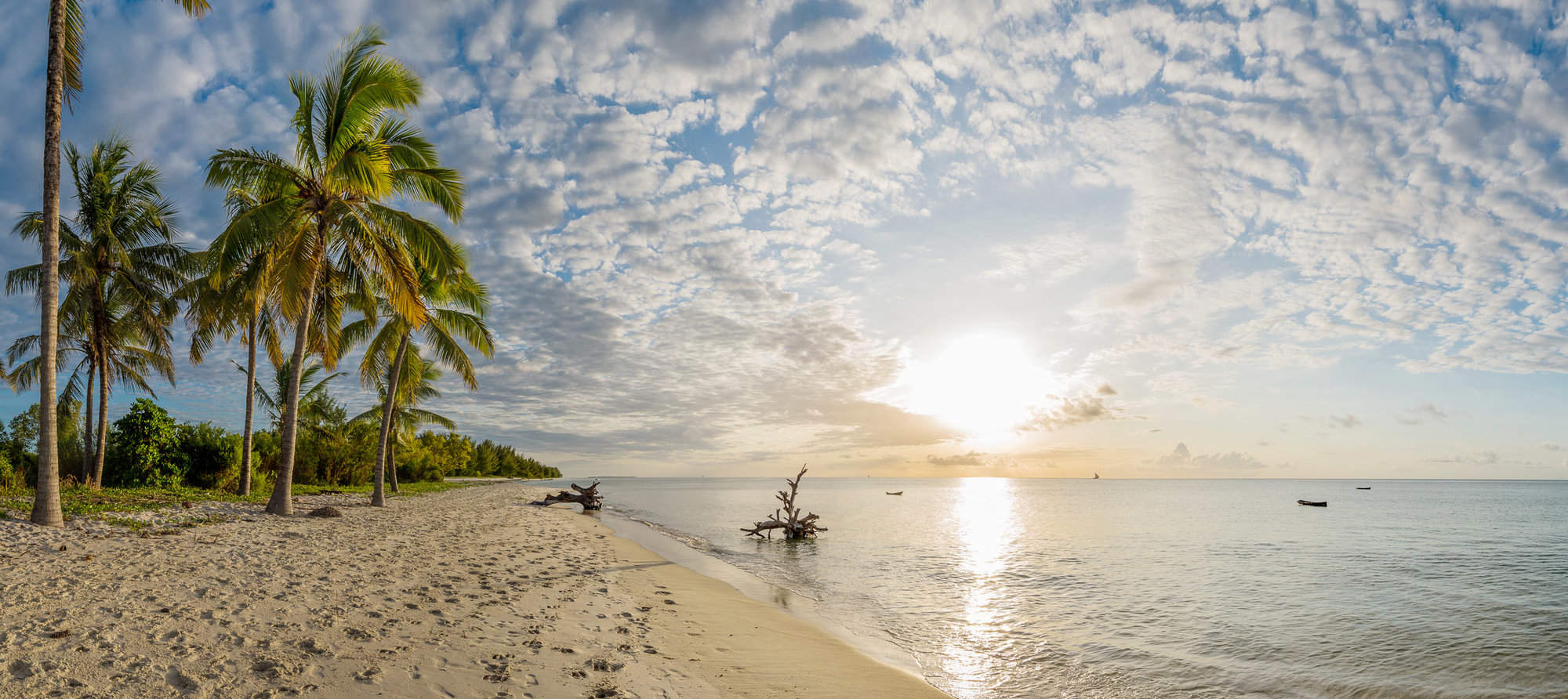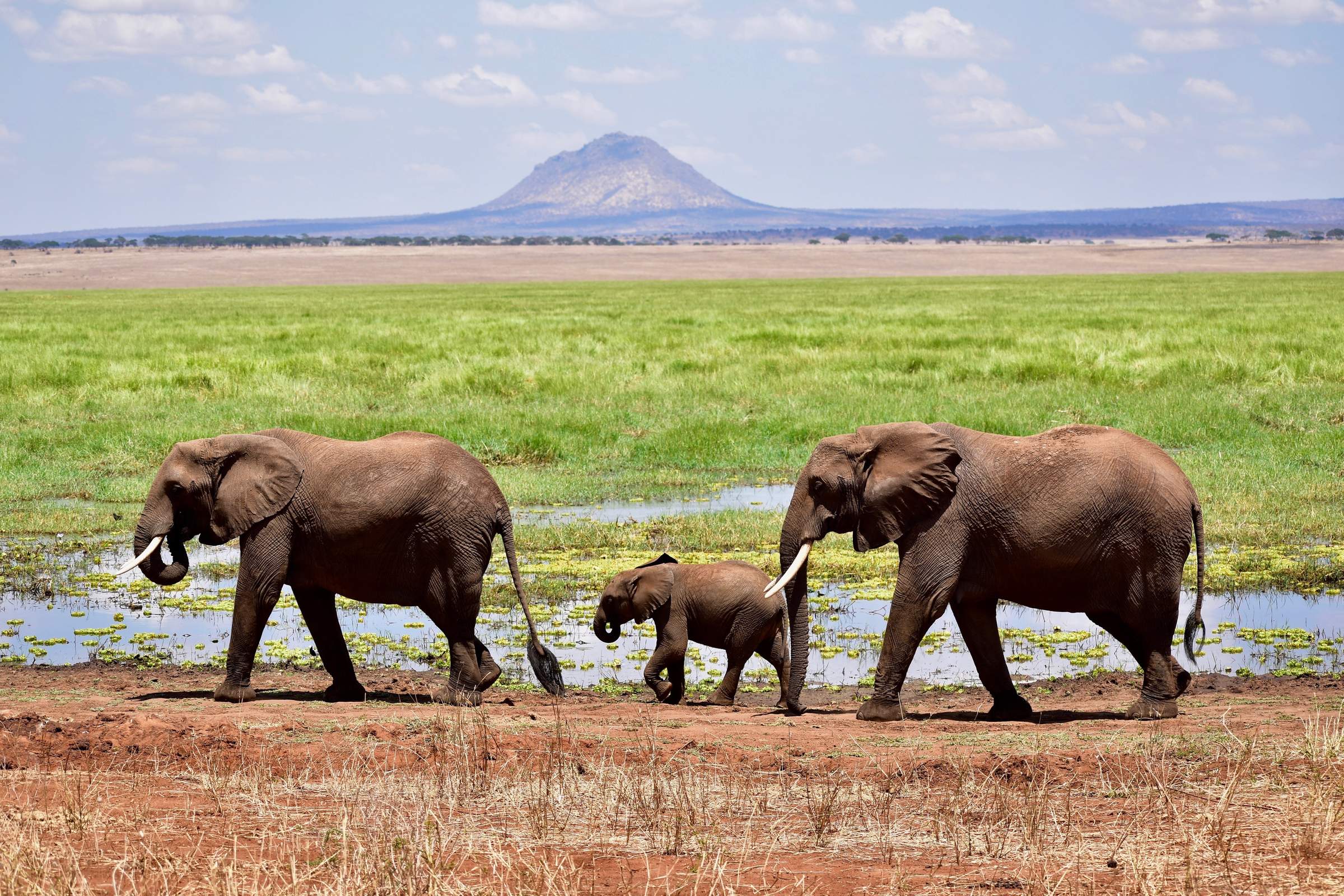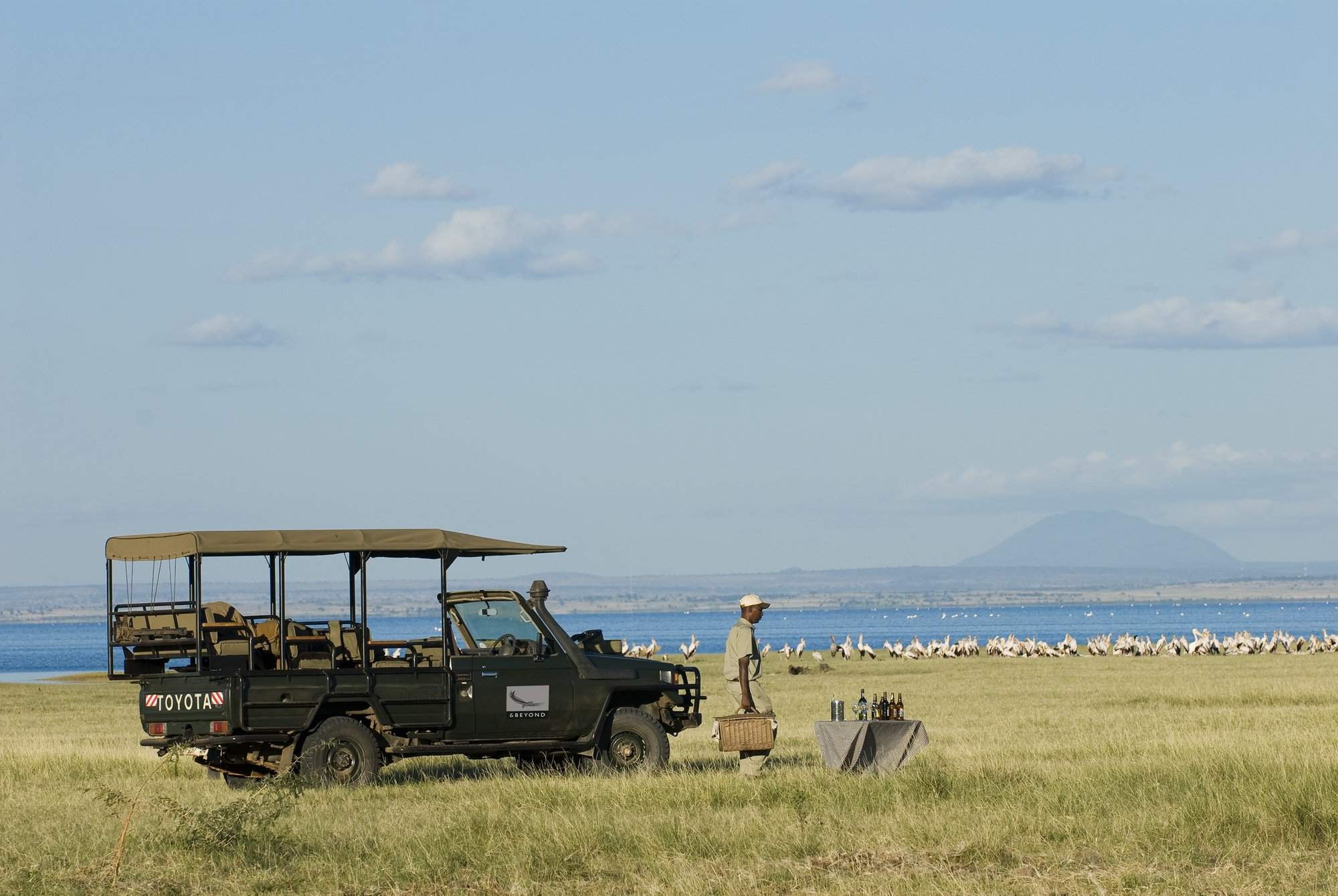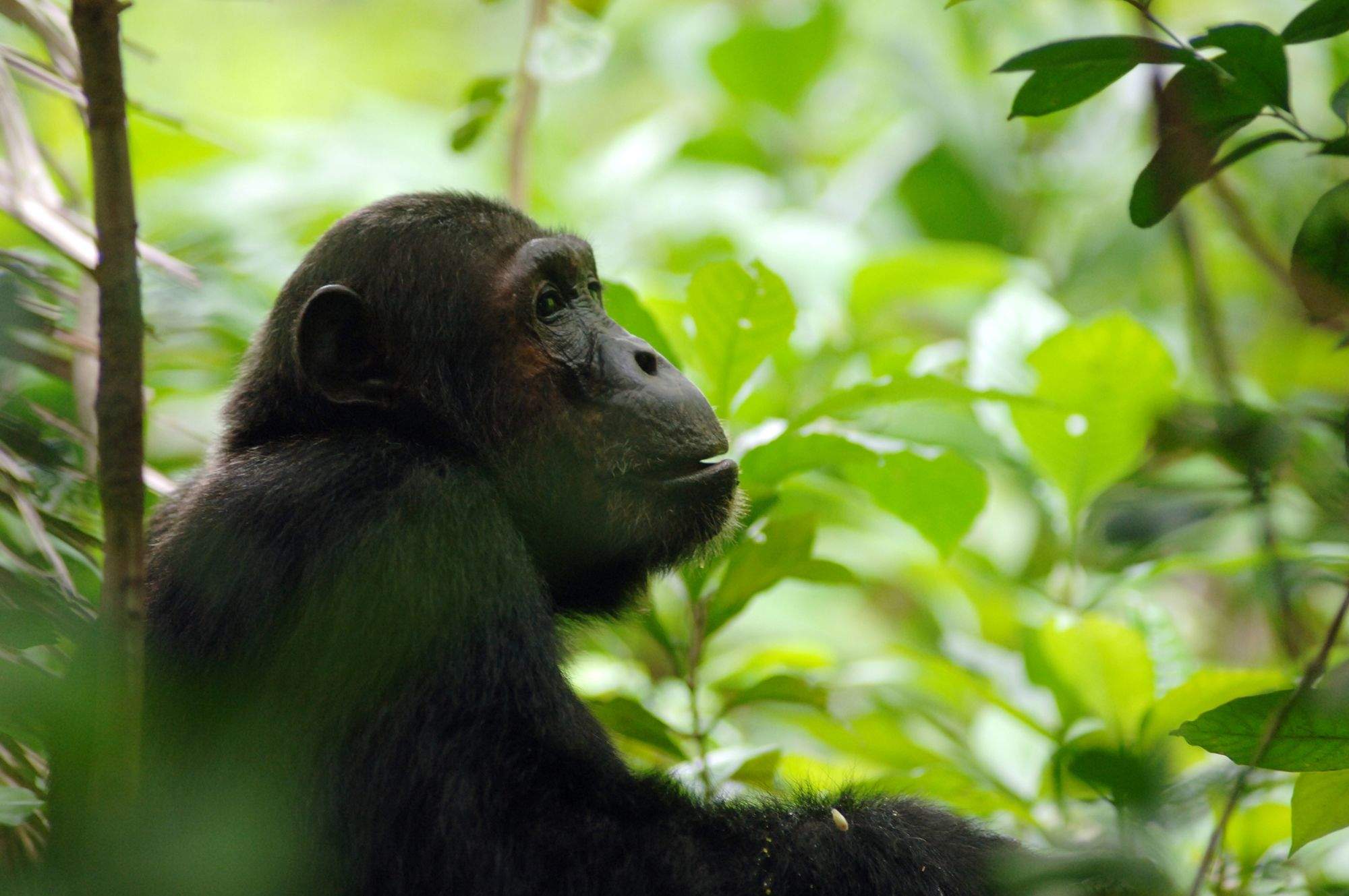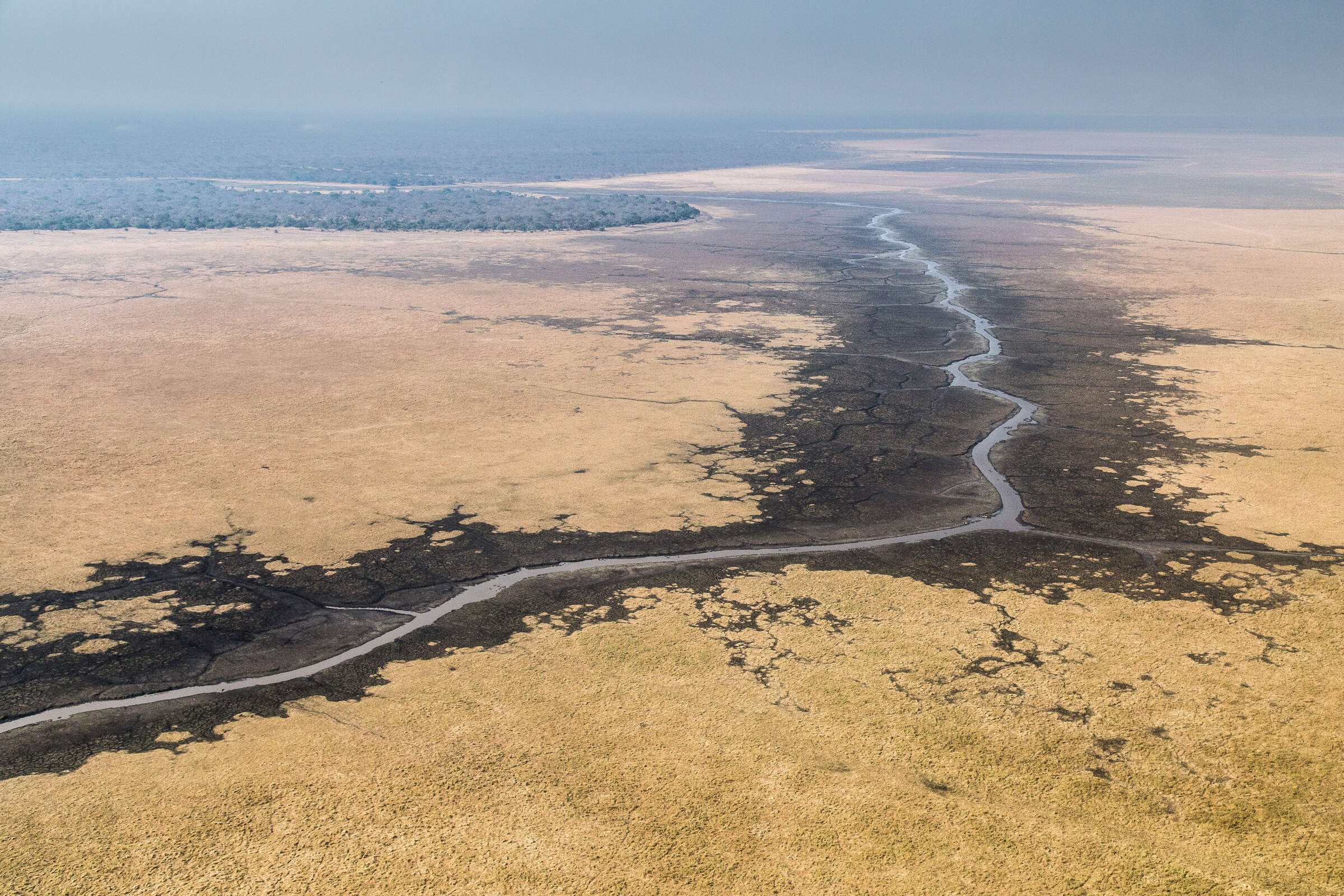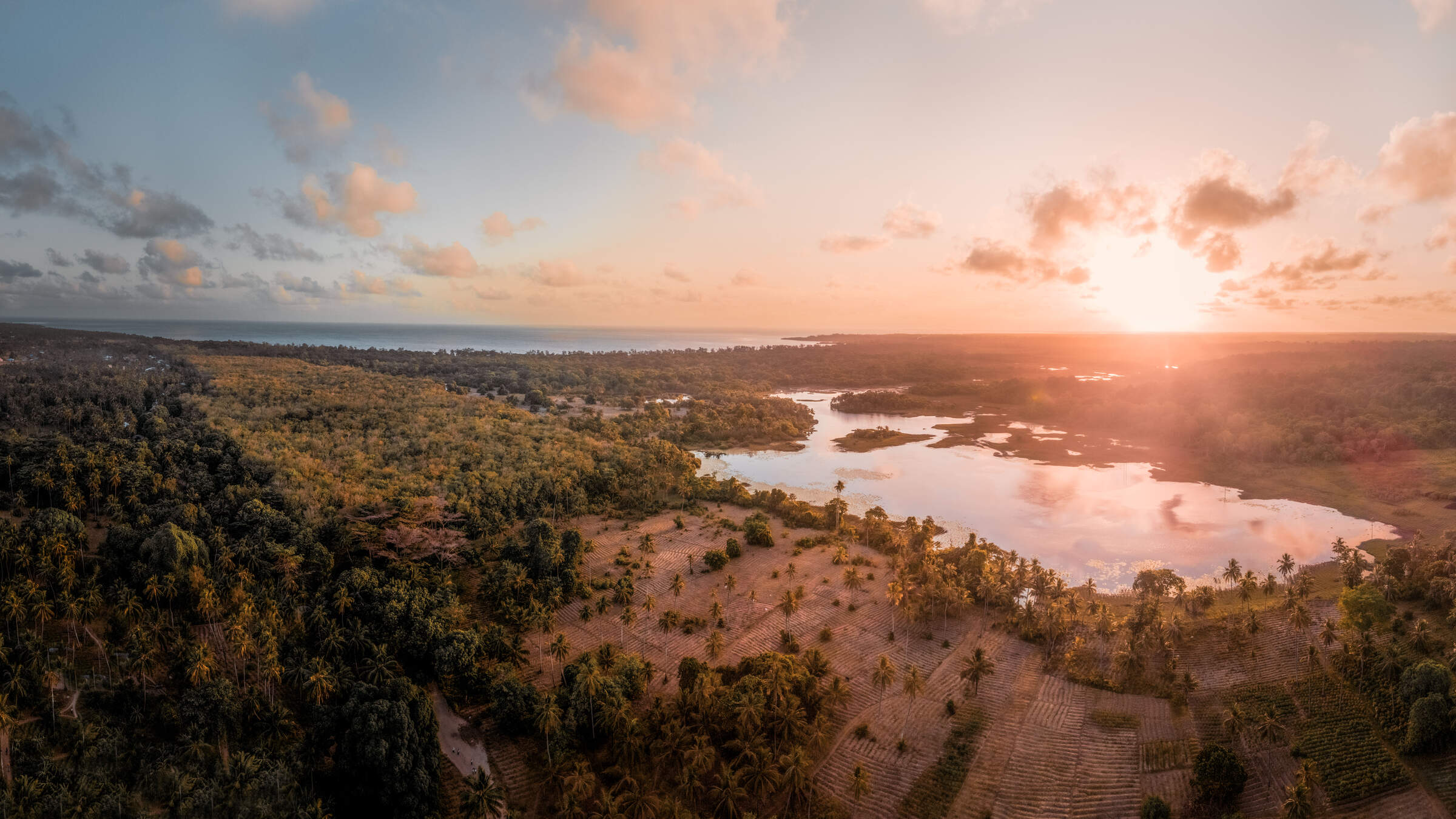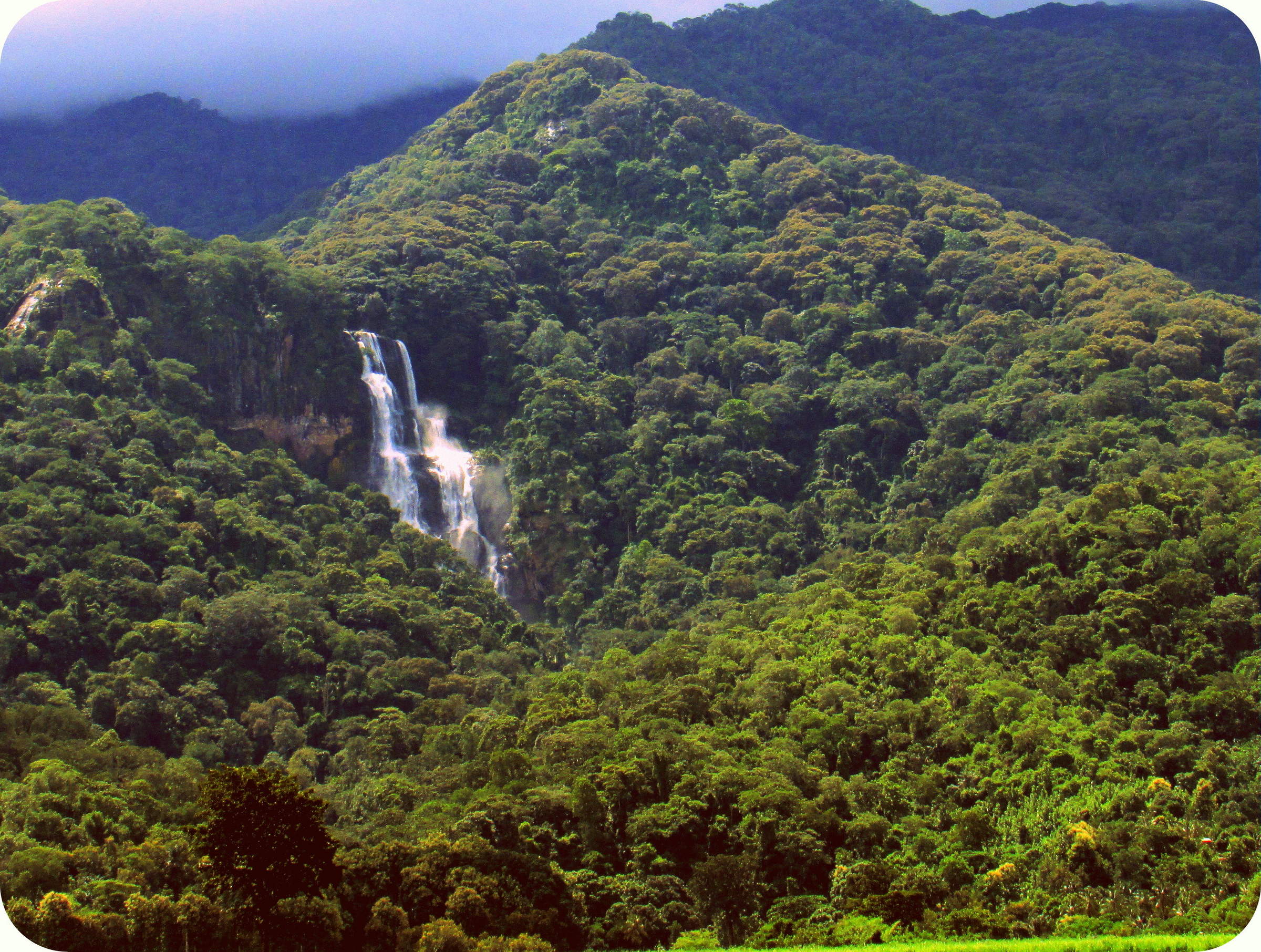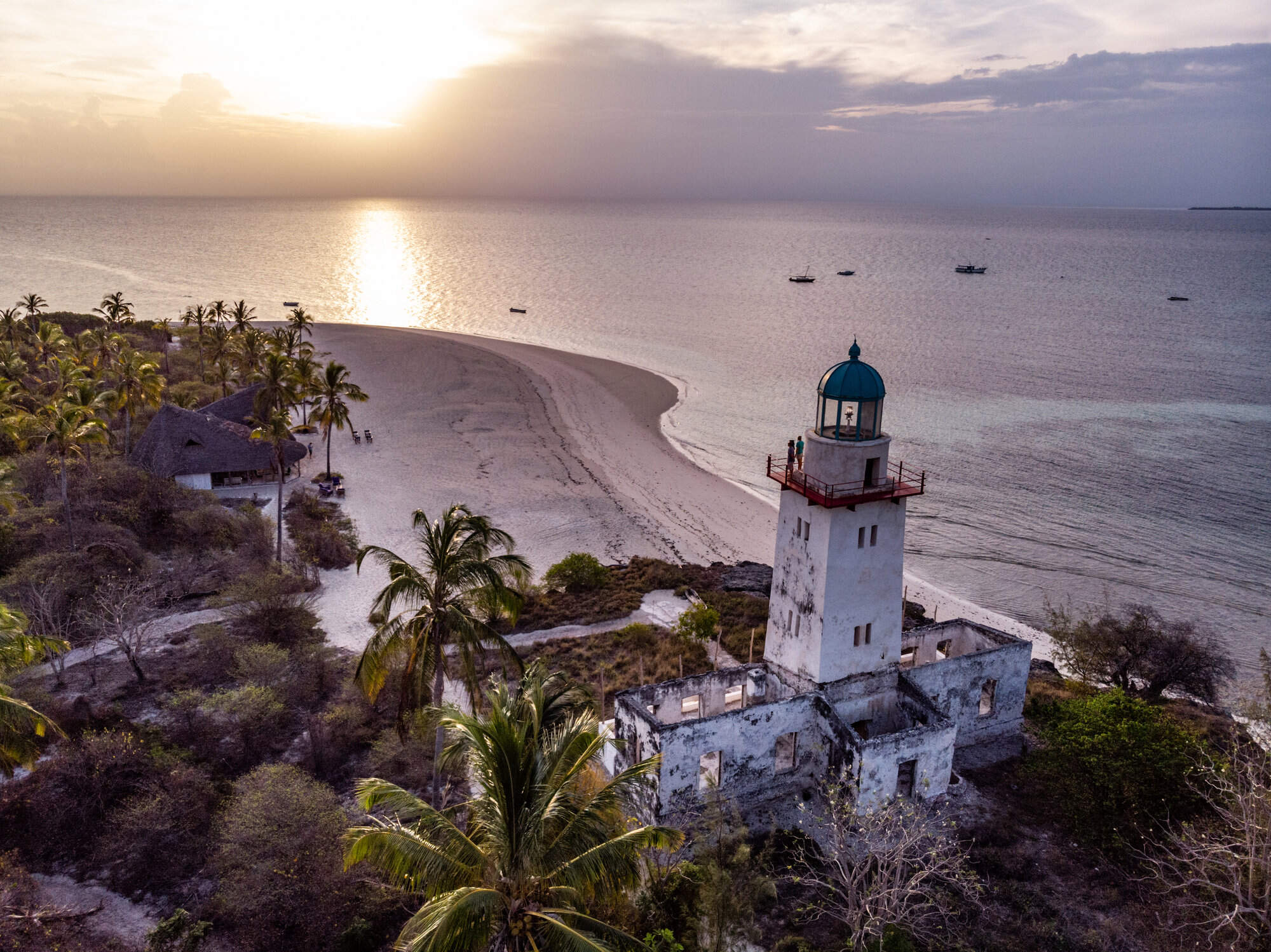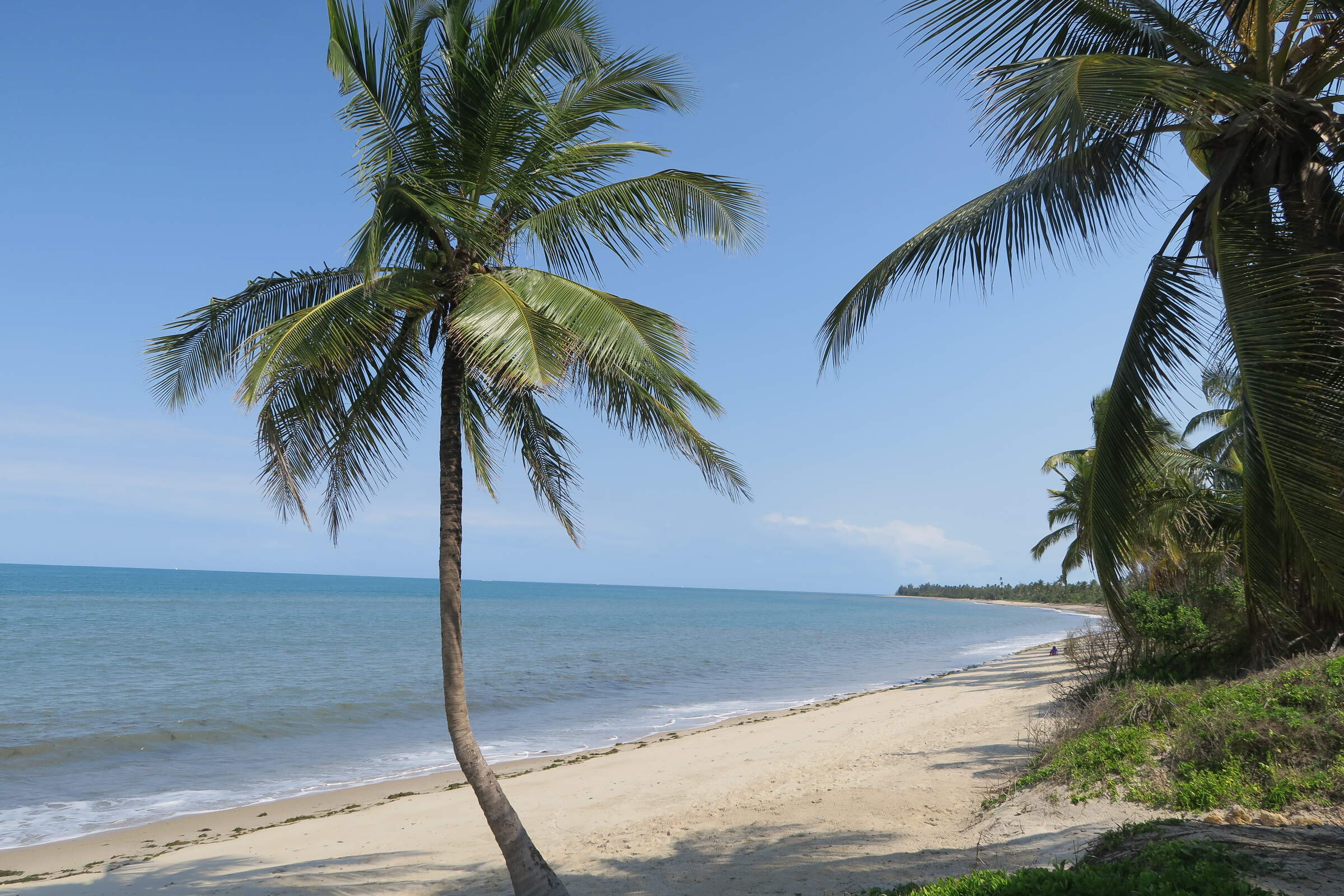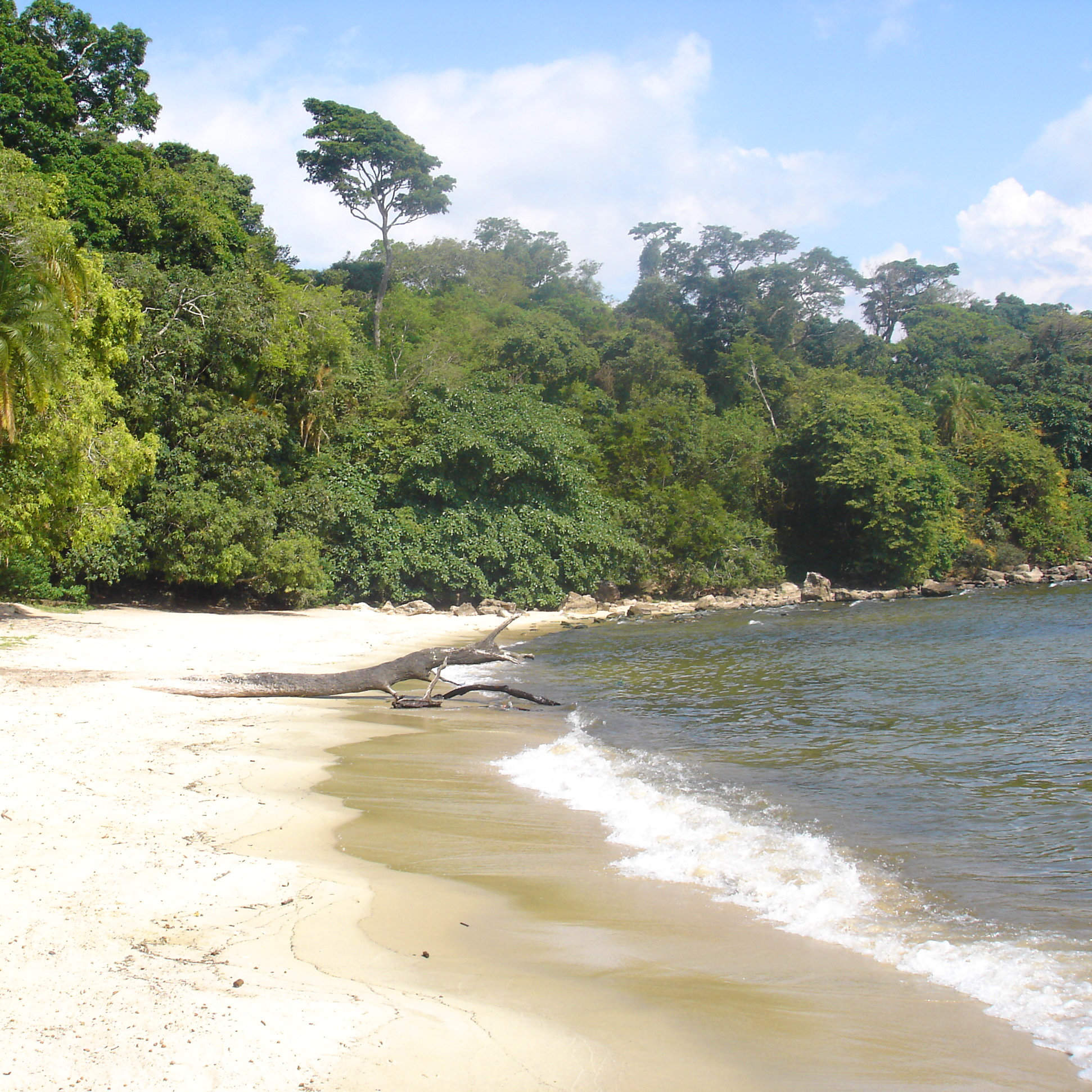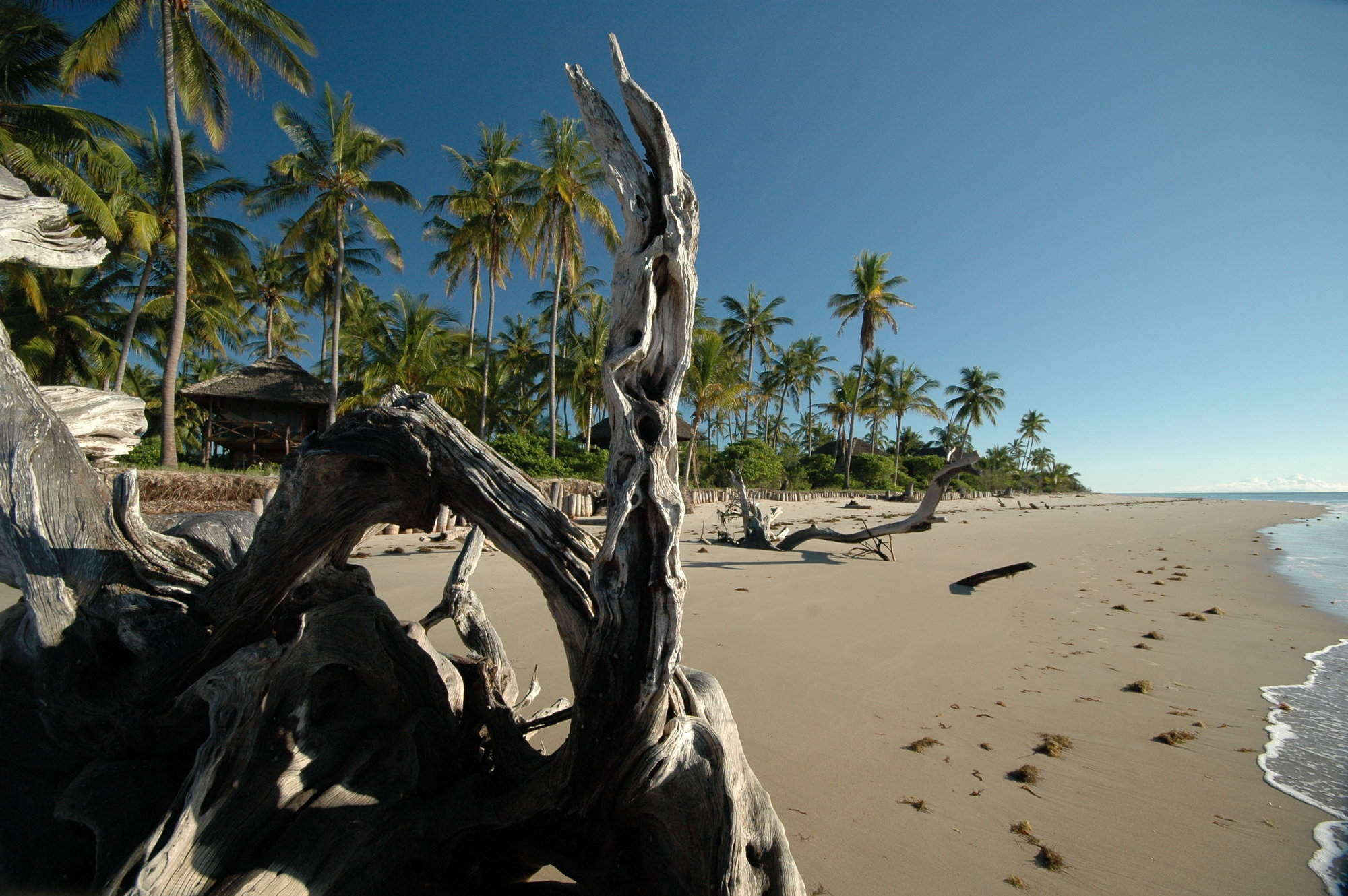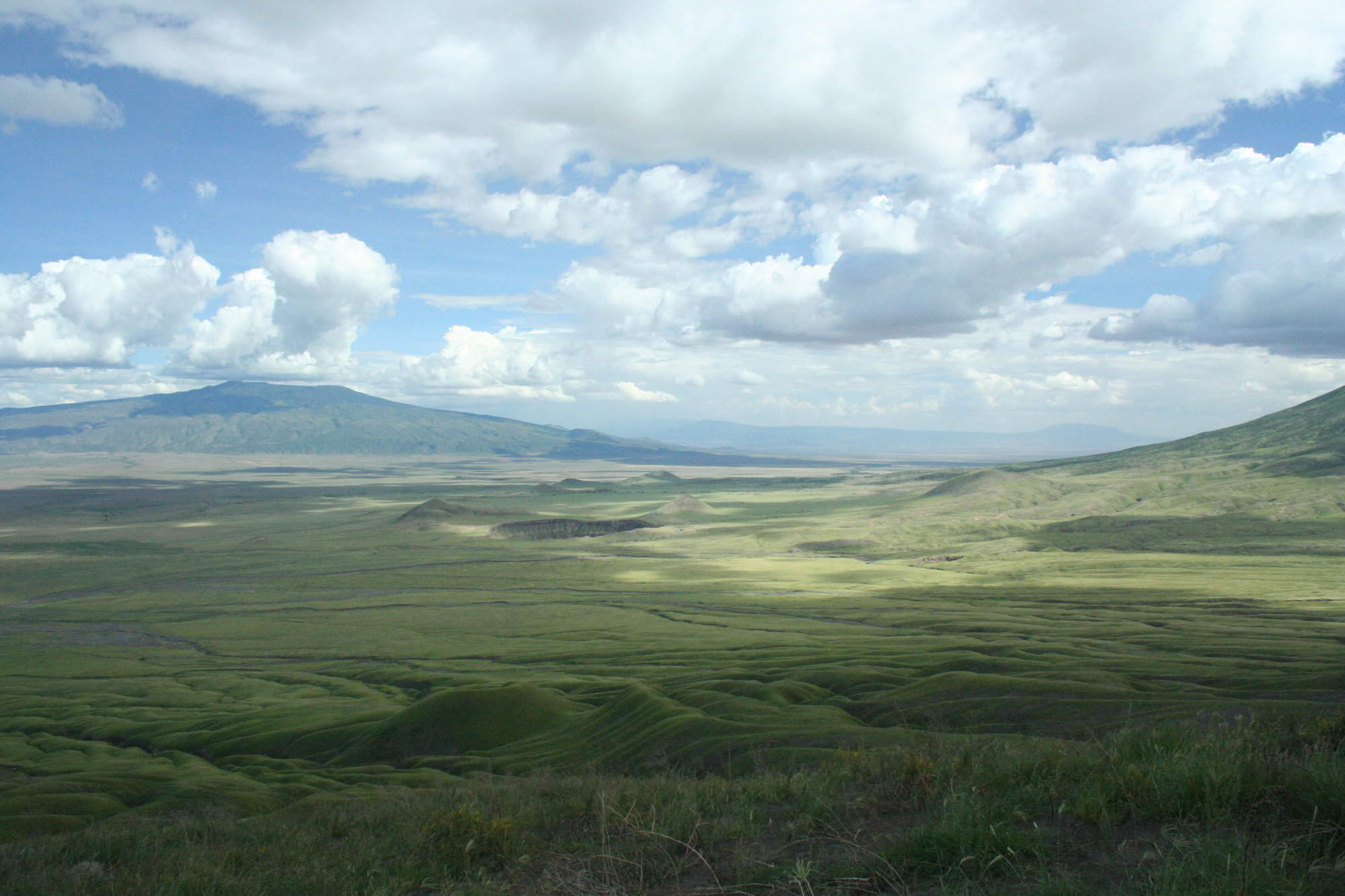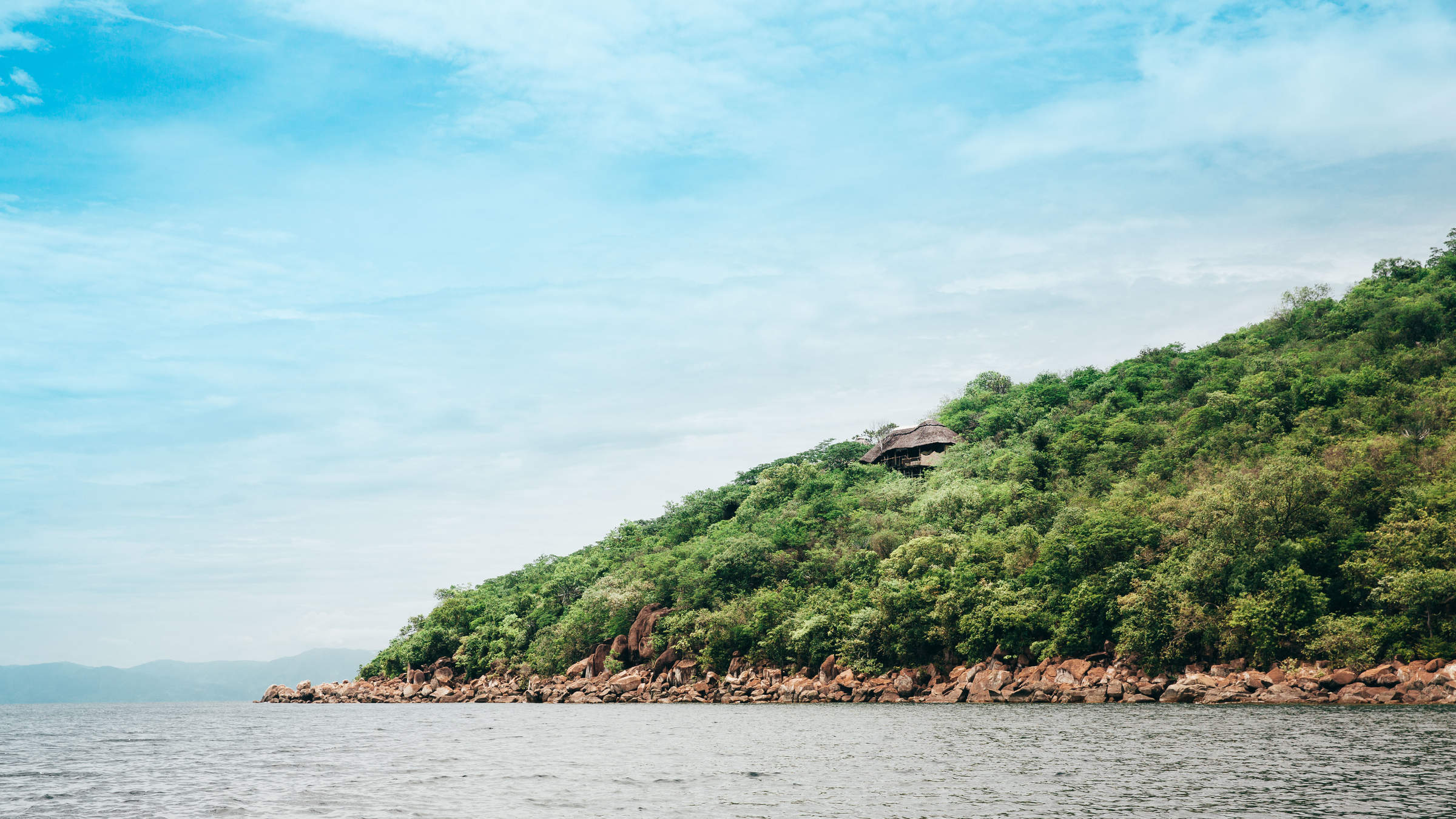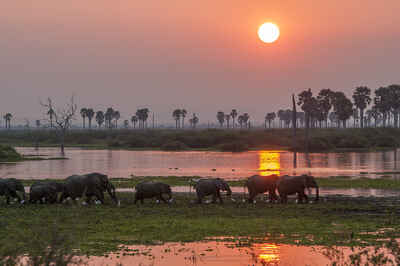
The meandering Rufiji River lies at the heart of Nyerere National Park
It forms a complex network of channels, lakes and swamps.
It is a great place for game viewing...
...as well as admiring the beautiful scenery.
Wild dogs can be spotted...
...and also herds of elephant.
Nyerere National Park also has an extraordinary birdlife...
...with over 440 species.
...and elephants as they come down to the river.
Nyerere National Park is worth a visit.
Nyerere National Park
Nyerere National Park
Wonderfully wild and atmospheric, Nyerere National Park is a game-rich riverine wilderness of palms, forest, lakes and savannah.
Granted UNESCO World Heritage status for its exceptional biodiversity and undisturbed habitats, Nyerere National Park is one of Tanzania's largest protected wilderness area. Yet despite this it remains blissfully quiet and undiscovered. This region was previously known as the Selous Game Reserve, however in 2019 the northern section of the Reserve, through which the broad Rufiji River flows, was designated Nyerere National Park. In this scenic park you'll find a clutch of wonderfully intimate safari camps, from classic ‘thatch-and-canvas’ bushcamps to star-lit treehouse retreats and one of Africa’s finest safari lodge. This enchanting wildlife sanctuary caters beautifully for both indulgence and rustic simplicity.
It’s a place of languid waterways and forests dancing with blue and colobus monkeys and rainbow coloured birds; a place of hot springs, deeply incised gorges, pretty palm-fringed lakes and wide savannah plains; a sanctuary where mammals – large and small – thrive in diverse environments.
At its heart, the lazy Rufiji River meanders through huge bends, its banks lined with baobabs and tall Borassus palms sporting fan-like fronds and patrolled by palm-nut vultures. Low, sandy islands harbour sunbathing crocodiles; colonies of carmine bee-eaters pepper the mud cliffs; and pairs of fish eagles cruise overhead. Herons deftly ply the shallows while giant, ginger-barred Pel’s fishing owls snap frogs from the water. Sun-kissed days spent in the park are simply idyllic, boating along the verdant channels, gliding past giraffes and elephants drinking at the water's edge, or watching kingfishers fishing and storks stalking through the shallows.
On land, your game drives will track thriving lion prides, follow the packs of Africa’s largest wild dog population or come upon immense herds of grazing antelope – Africa’s largest populations of sable and puku migrate through the park. If you're feeling active, you can take to your feet on superbly guided walking safaris and enjoy the delightful, more subtle spectacles of bird, insect and plant life.

Safaris visiting Nyerere
Just ideas, we'll always tailor-make a trip for you
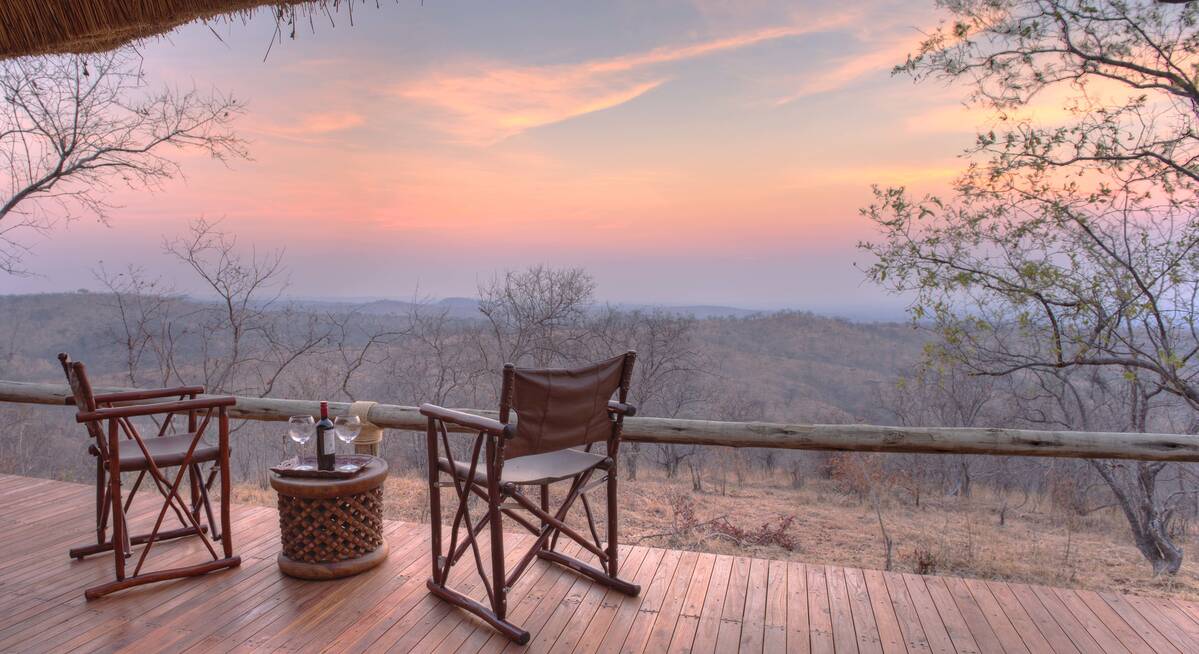
Jackal Fly-in Safari
8 days • 2 locations
DAR ES SALAAM AIRPORT TO DAR ES SALAAM AIRPORT
Enjoy a range of activities on this luxury fly-in safari. Explore the remoter regions of Ruaha National Park and Nyerere National Park with phenomenal guides during stays at two impressively comfortable camps that remain perfectly in keeping with their surroundings.
US$10,460 - US$12,080 per person
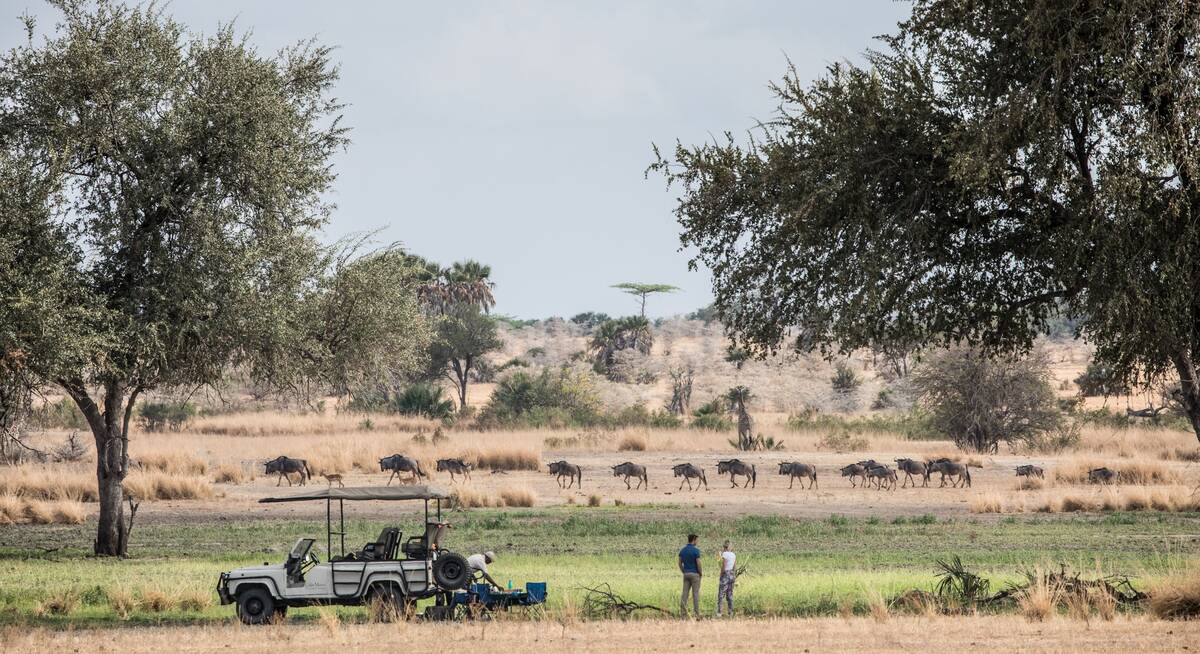
Spotted Hyena Fly-in Safari
7 days • 2 locations
DAR ES SALAAM AIRPORT TO DAR ES SALAAM AIRPORT
Stay in one of Nyerere National Park's best safari camps before experiencing a truly authentic tented camp in Ruaha. Remote locations, superb guiding and a range of activities await guests during this comfortable fly-in safari.
US$6,660 - US$8,660 per person
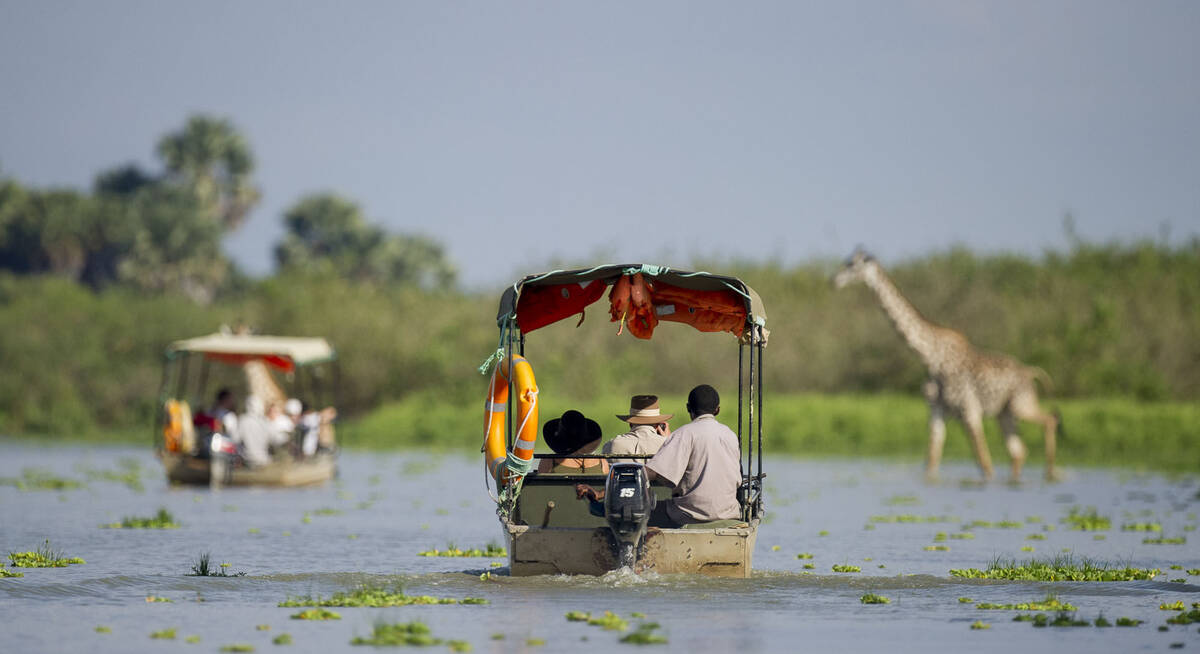
Bat-eared Fox Fly-in Safari
3 days • 1 locations
DAR ES SALAAM AIRPORT TO DAR ES SALAAM AIRPORT
This is an ideal first-time safari and is the perfect add-on to a holiday in Zanzibar. Nyerere National Park is one of Africa’s biggest wildlife areas and is home to an abundance of animals.
US$2,690 - US$3,090 per person
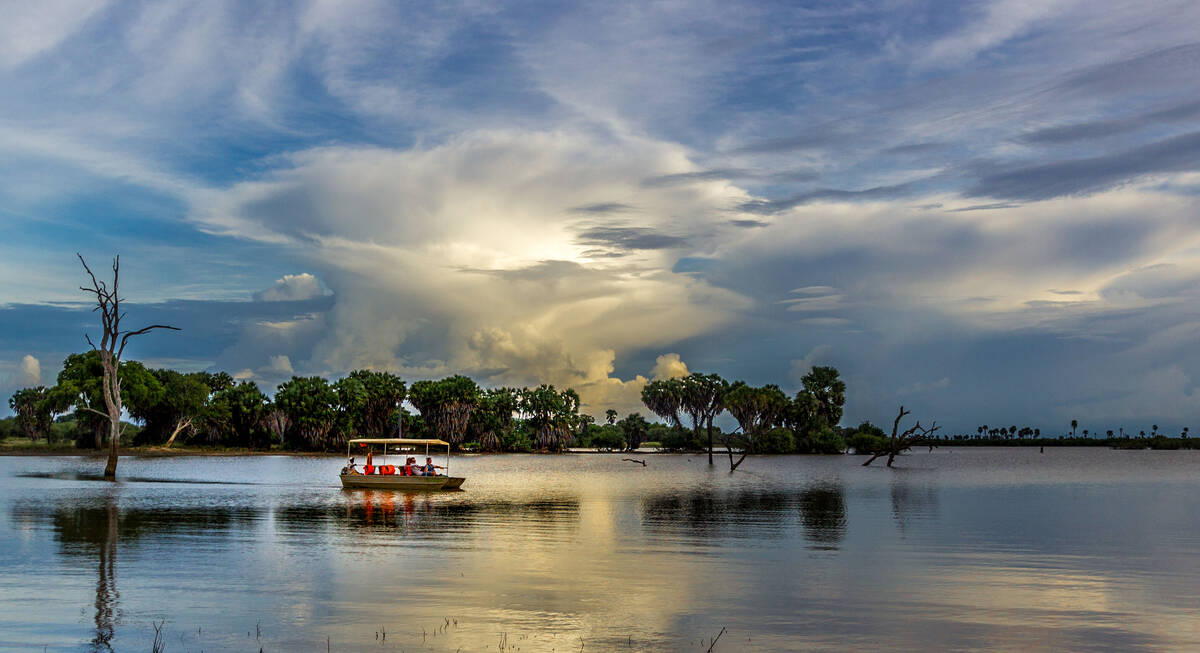
Dwarf Mongoose Fly-in Safari
6 days • 2 locations
DAR ES SALAAM AIRPORT TO DAR ES SALAAM AIRPORT
Stay in two eco-friendly, rustic bush camps in Nyerere National Park and Ruaha National Park. Remote wilderness, a diversity of habitats and a good range of activities are available in these two wildlife havens.
US$4,810 - US$5,320 per person
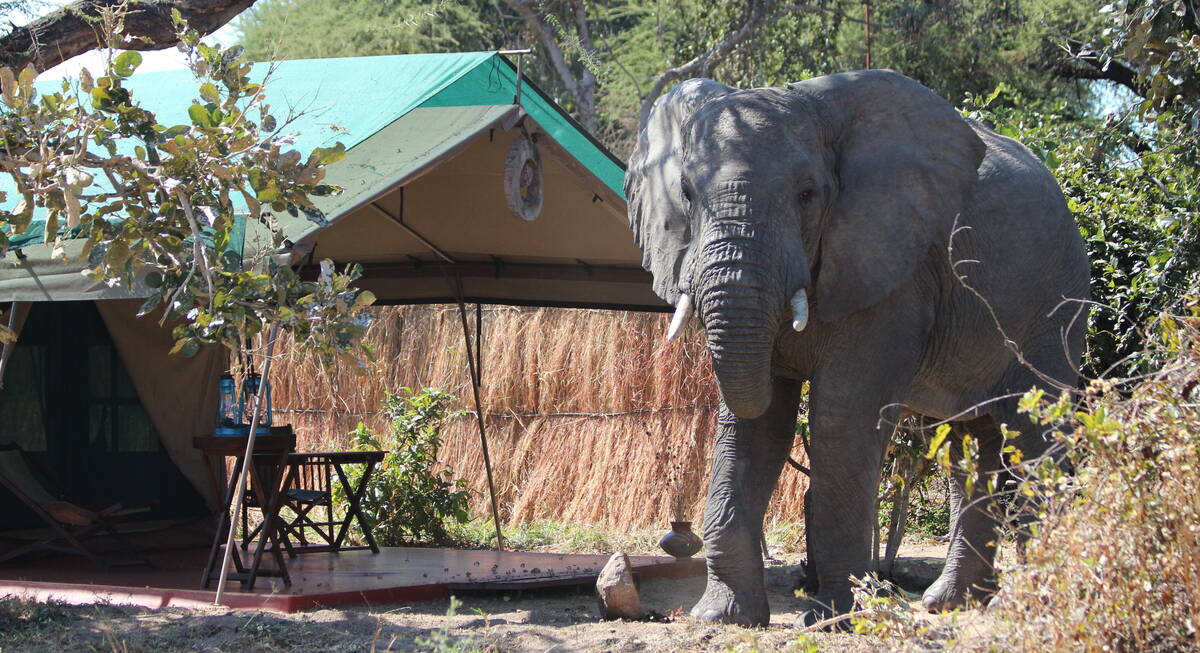
Turaco Safari
12 days • 4 locations
DAR ES SALAAM AIRPORT TO DAR ES SALAAM AIRPORT
This top-value holiday idea combines two safari areas with a week on the Indian Ocean island of Zanzibar. Photograph lions and elephants, then relax under the palms on a powder-sand beach.
US$6,190 - US$6,830 per person
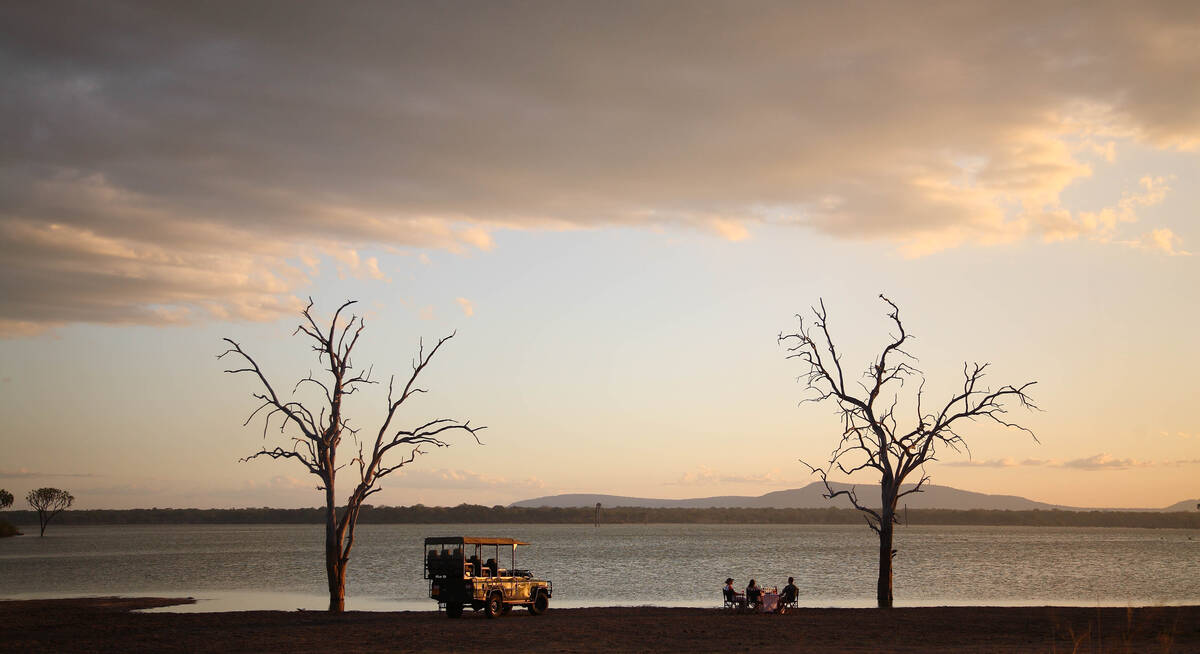
Topi Fly-in Safari
7 days • 2 locations
DAR ES SALAAM AIRPORT TO DAR ES SALAAM AIRPORT
Explore Nyerere National Park and Ruaha National Park from two luxurious, colonially styled camps. Chosen for their access to good game viewing and thrilling remoteness, these camps also offer a range of varied safari activities.
US$7,420 - US$7,420 per person
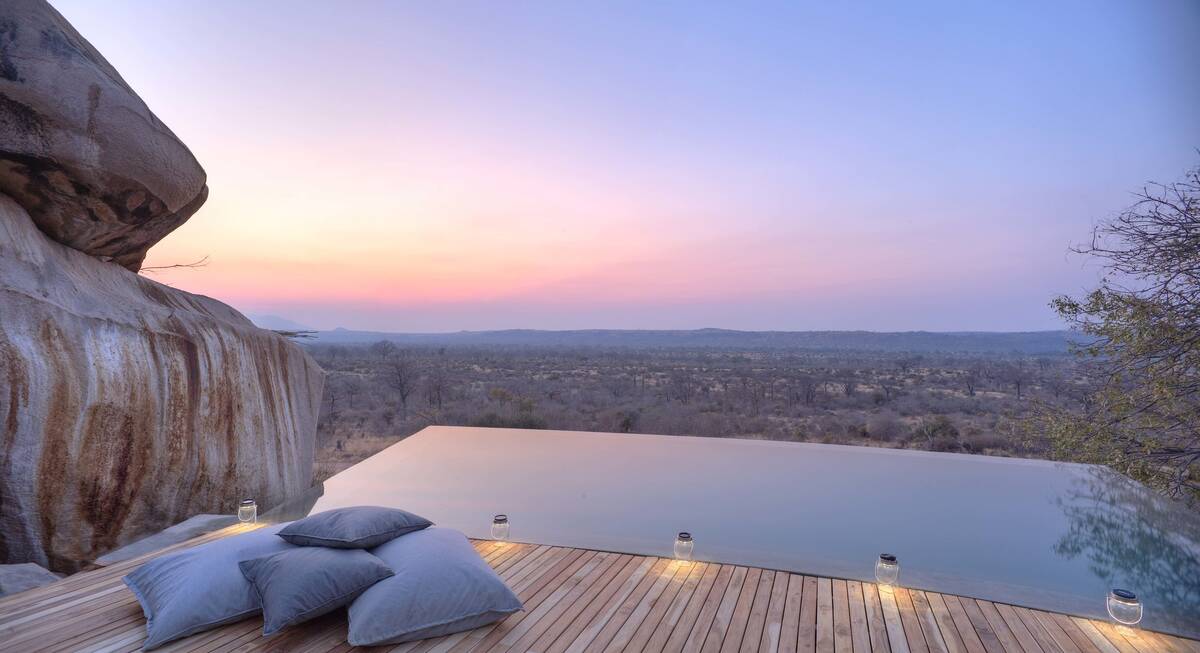
Marabou Stork Fly-in Safari
13 days • 5 locations
KILIMANJARO AIRPORT TO DAR ES SALAAM AIRPORT
Four luxurious camps enable exploration of Tanzania’s north and southern regions. With a range of land- and water-based activities available throughout, decidedly comfortable accommodation and applicable long-stay discounts, this adventurous safari is excellent value.
US$19,410 - US$25,560 per person
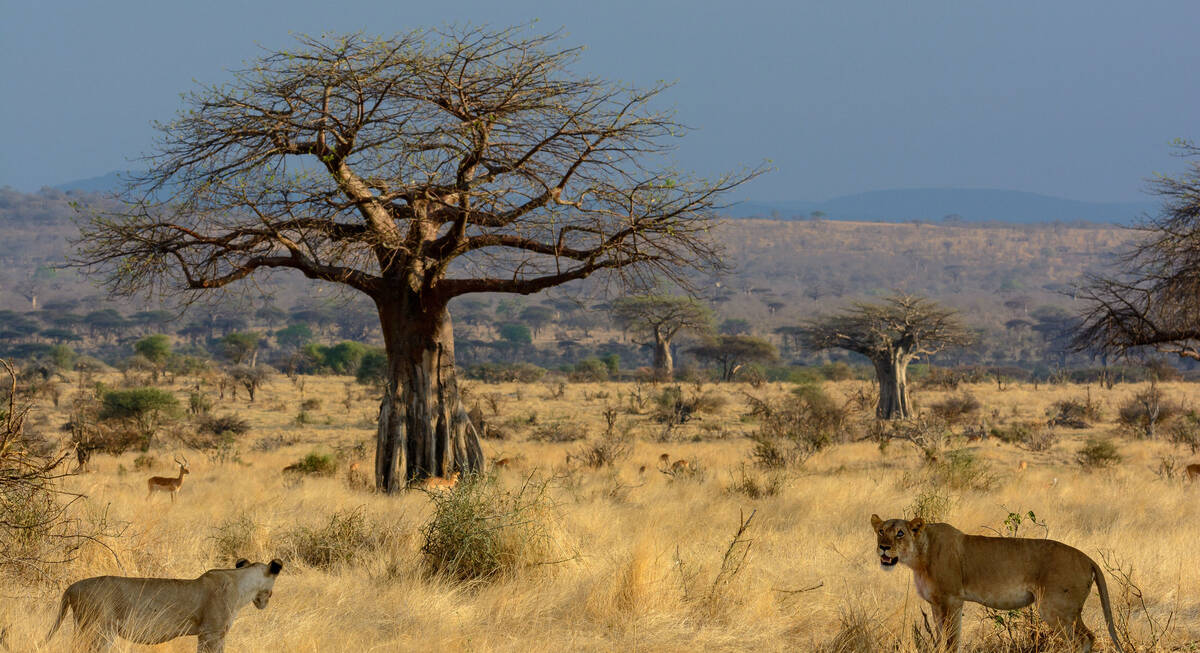
Superb Starling Fly-In Safari
7 days • 2 locations
DAR ES SALAAM AIRPORT TO DAR ES SALAAM AIRPORT
Explore Nyerere and Ruaha national parks from two luxurious sister camps within wildlife-rich locations. Both offer a range of land- and water-based activities, a superb standard of guiding and access to beautifully contrasting landscapes.
US$9,180 - US$12,950 per person
Most recent reviews of our safaris to Nyerere
Click below to browse all 743 reviews from Nyerere National Park. All from our travellers; all are in full & unedited.
Arrived 5 Feb 2025, 13 nights
"My Feb 2025 trip"
Overall rating: Excellent
Arrived 12 Jan 2025, 16 nights
"My Jan 2025 trip"
Overall rating: Excellent
Arrived 4 Nov 2024, 2 nights
"My Nov 2024 trip"
Overall rating: Excellent
Arrived 28 Oct 2024, 10 nights
"Tanzania Walking Safaris Oct/Nov 2024 "
Overall rating: Excellent
Arrived 23 Oct 2024, 12 nights
"My Oct 2024 trip"
Overall rating: Excellent
Arrived 21 Oct 2024, 12 nights
"My Oct 2024 trip"
Overall rating: Excellent
Arrived 5 Oct 2024, 14 nights
"Our Oct 2024 trip"
Overall rating: Excellent
Arrived 24 Sep 2024, 14 nights
"My Sep 2024 trip"
Overall rating: Excellent
Arrived 23 Sep 2024, 26 nights
"My Sep 2024 trip"
Overall rating: Excellent
Arrived 14 Sep 2024, 15 nights
"My Sep 2024 trip"
Overall rating: Excellent
Where to stay in Nyerere National Park
Our suggestions for safari camps in Nyerere National Park
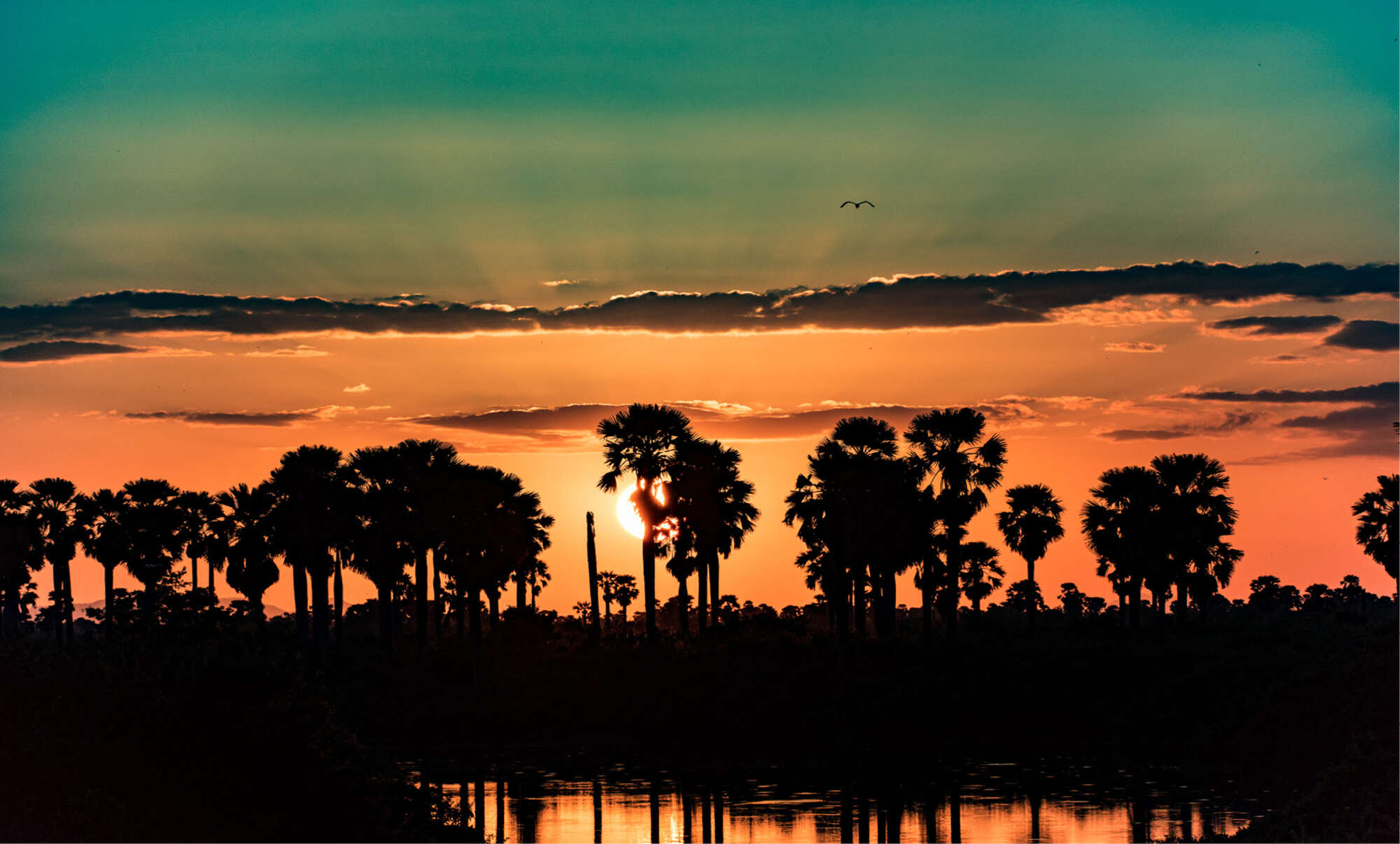
Impala Camp
Impala Camp is a comfortable, excellent-value camp with colourful tented rooms raised on platforms, good guiding and tasty food.
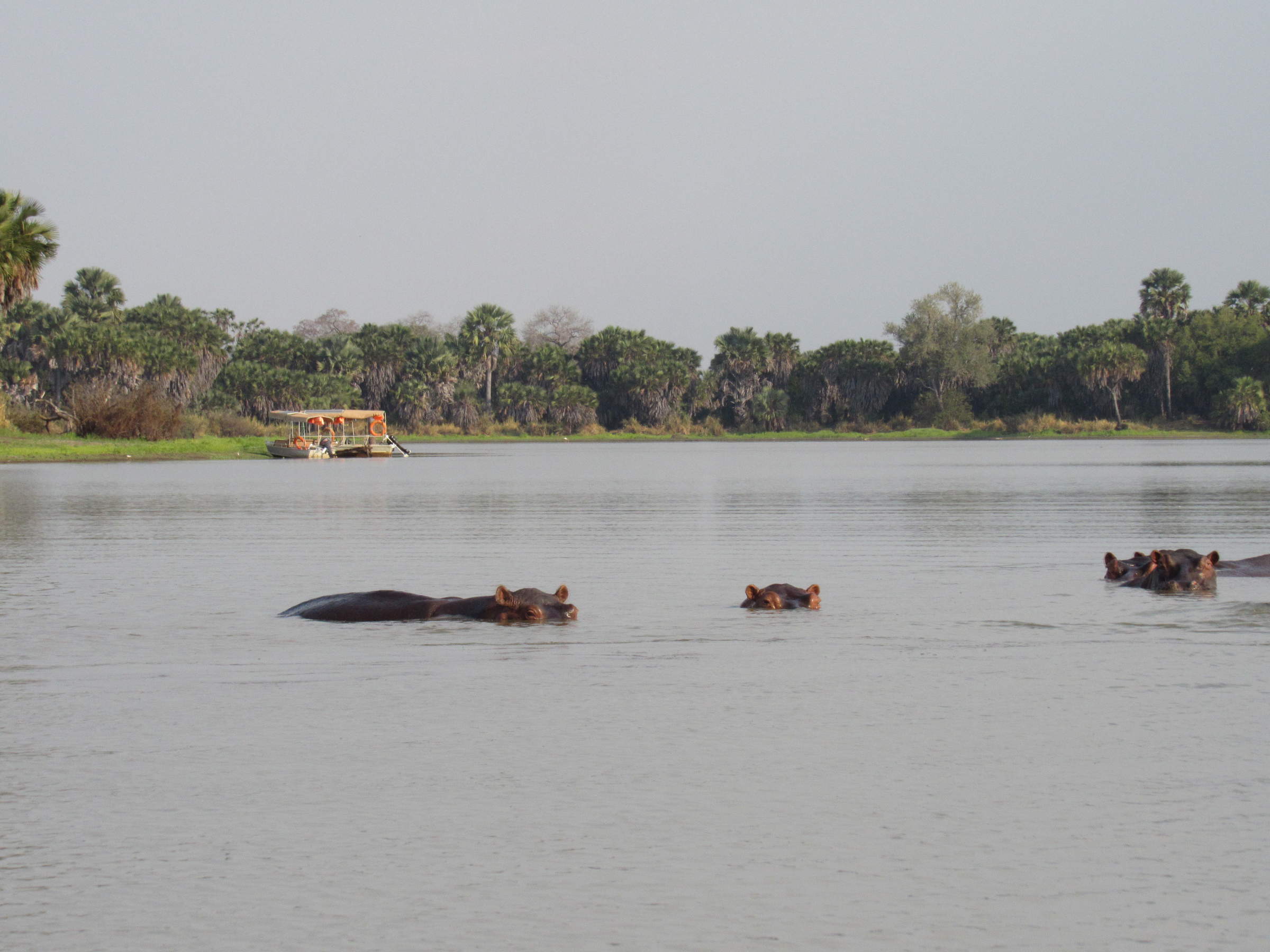
Lake Manze Camp
Lake Manze Camp is a rustic, lakeside bushcamp in Nyerere National Park that offers a great wilderness experience and doesn’t cost the earth.
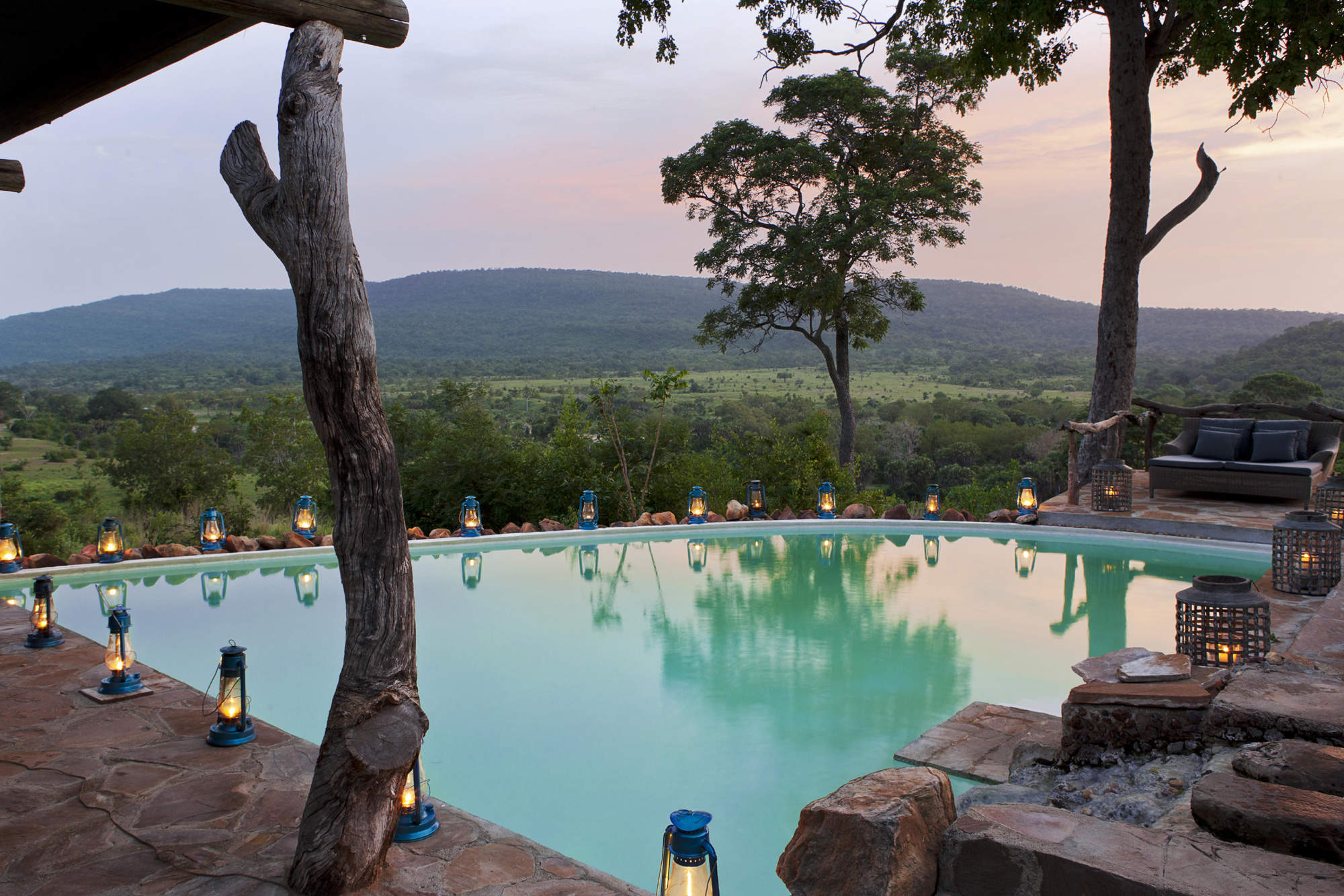
Beho Beho
Beho Beho is one of the best camps we work with in Africa, with gracious hosts, fantastic food and most importantly, excellent guiding.
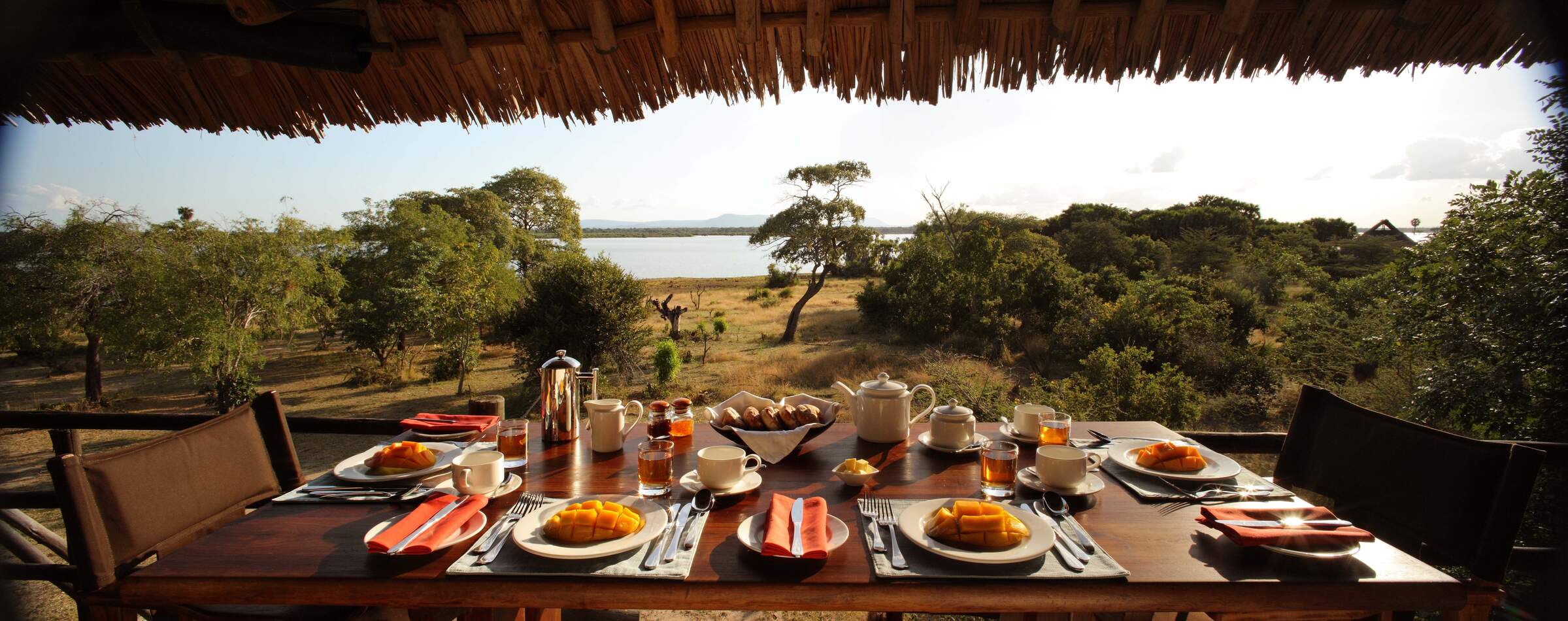
Siwandu
Siwandu is a luxurious and smoothly run camp with beautiful rooms and superb service offering great views over Lake Nzerakera.
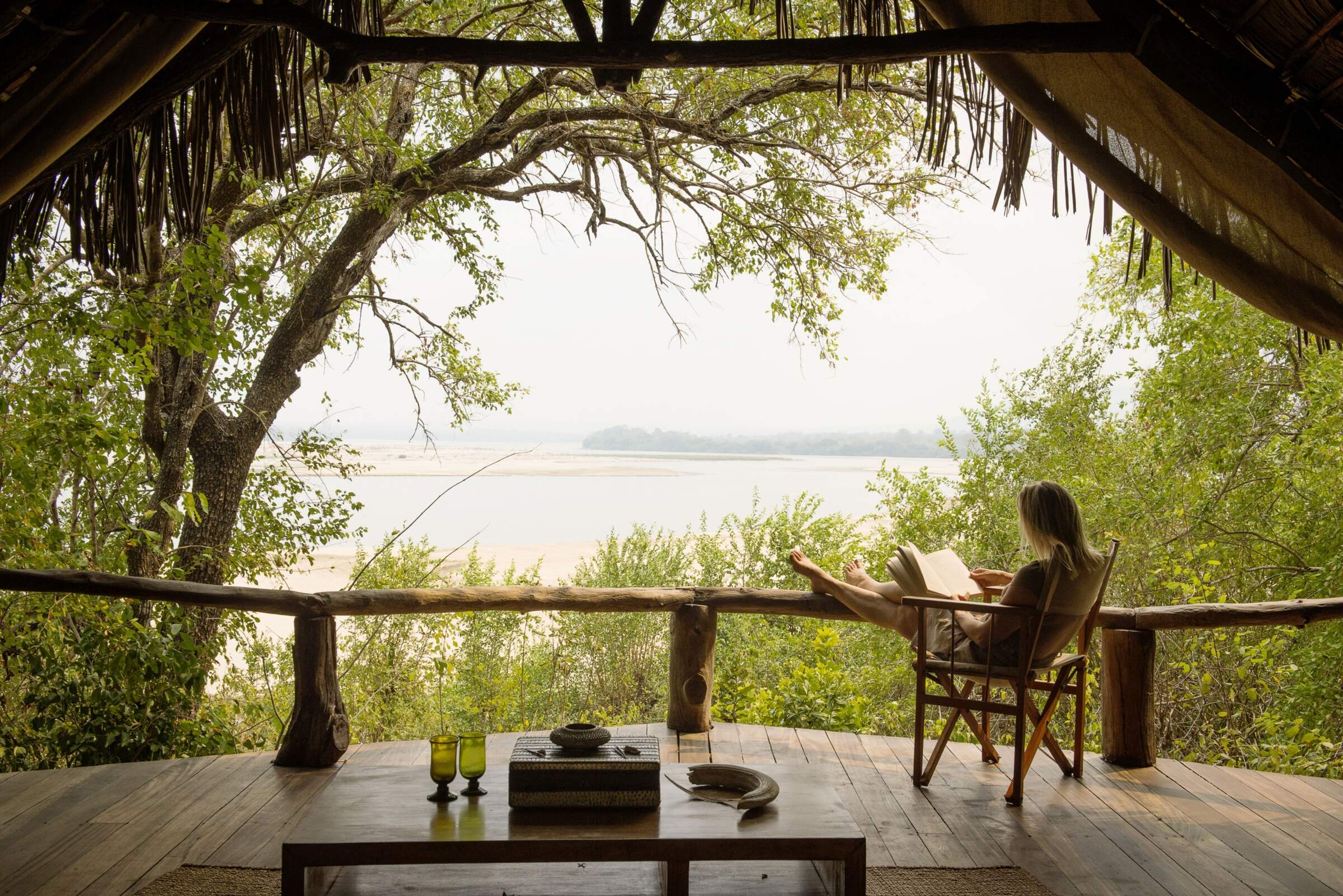
Sand Rivers Camp
The stylishly put together Sand Rivers has an outstanding reputation, with a wonderful location on the Rufiji River and great guides.
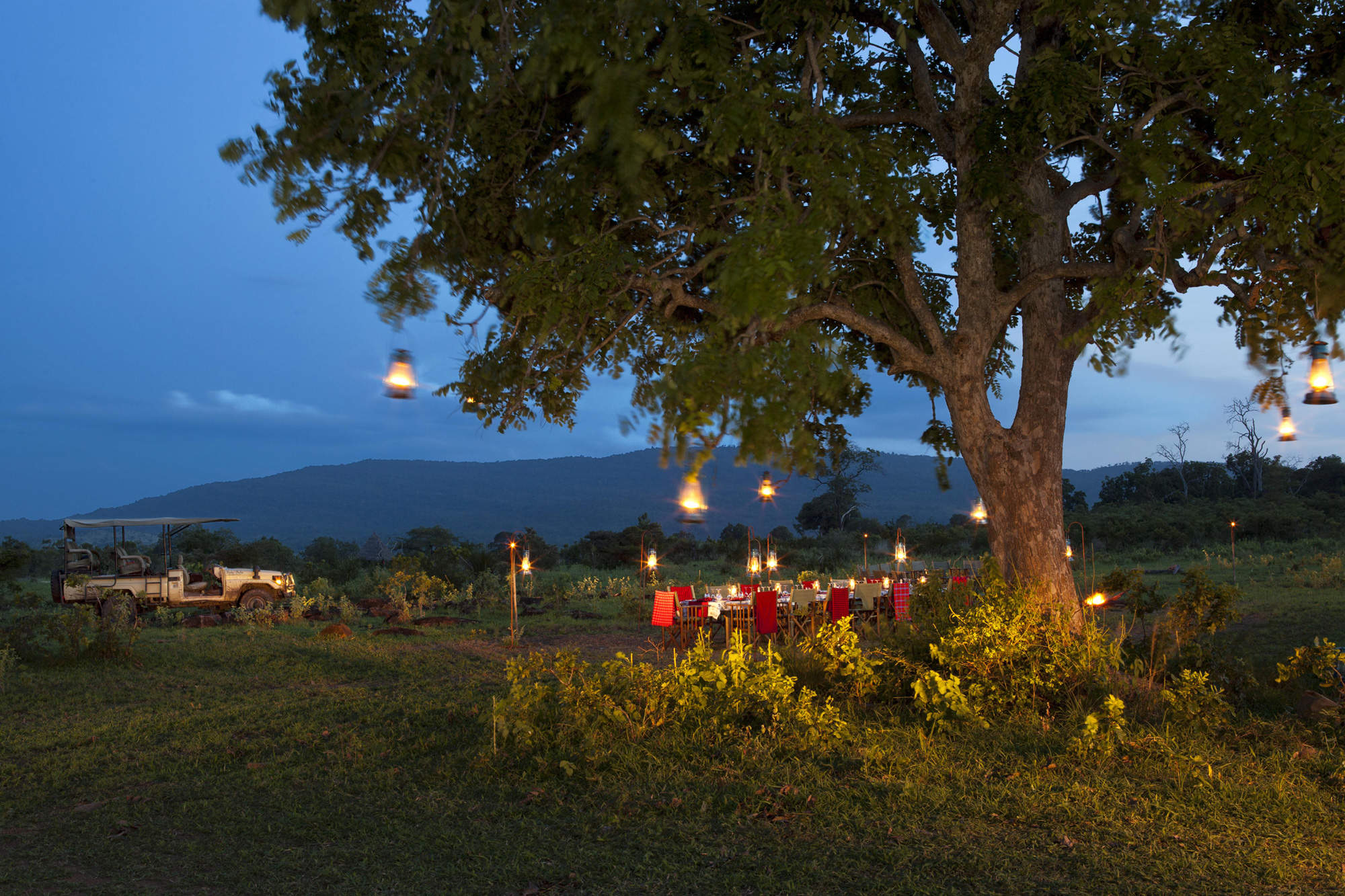
Beho Beho Tree-house
Beho Beho Treehouse is a satellite tree platform for just one couple, managed by Beho Beho and ideal as a one-night honeymoon retreat
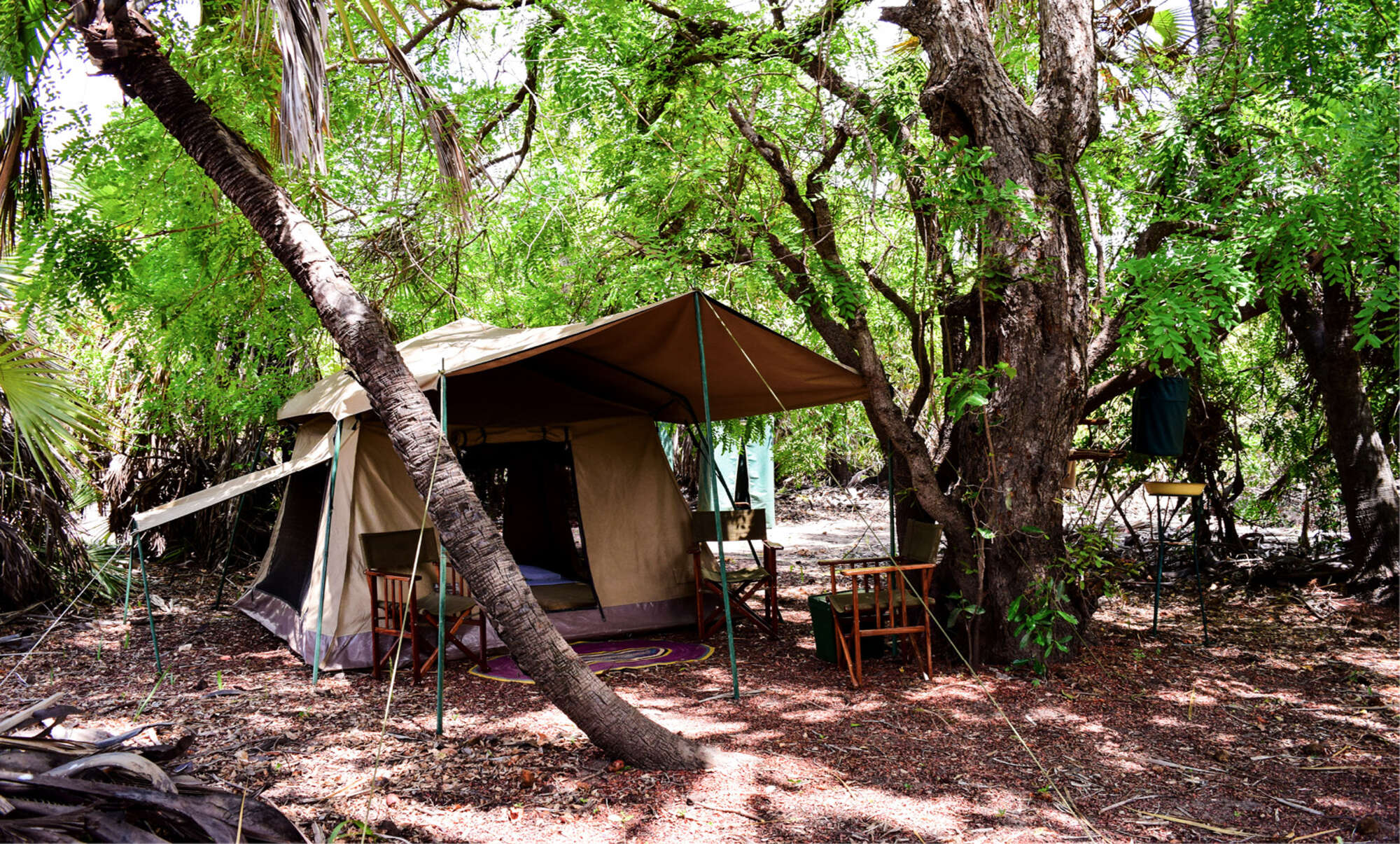
Impala fly-camping
While you're staying at Impala Camp in Nyerere National Park, you can enjoy a few nights' fly-camping in the heart of the bush.
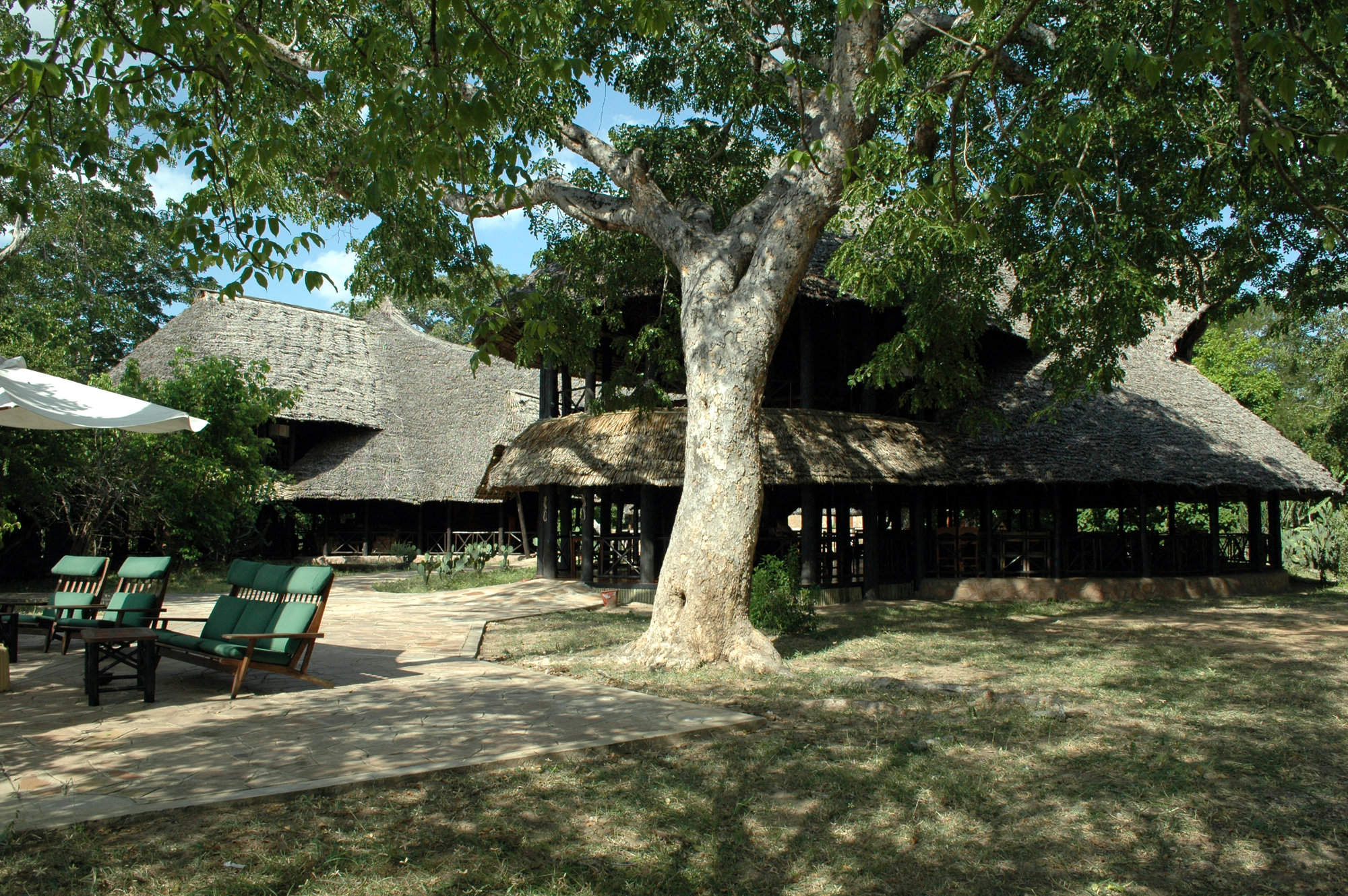
Rufiji River Camp
Rufiji River Camp has a lovely location right on the edge of the Rufiji River and while not luxurious, it is one of the lowest-cost camps in the park.
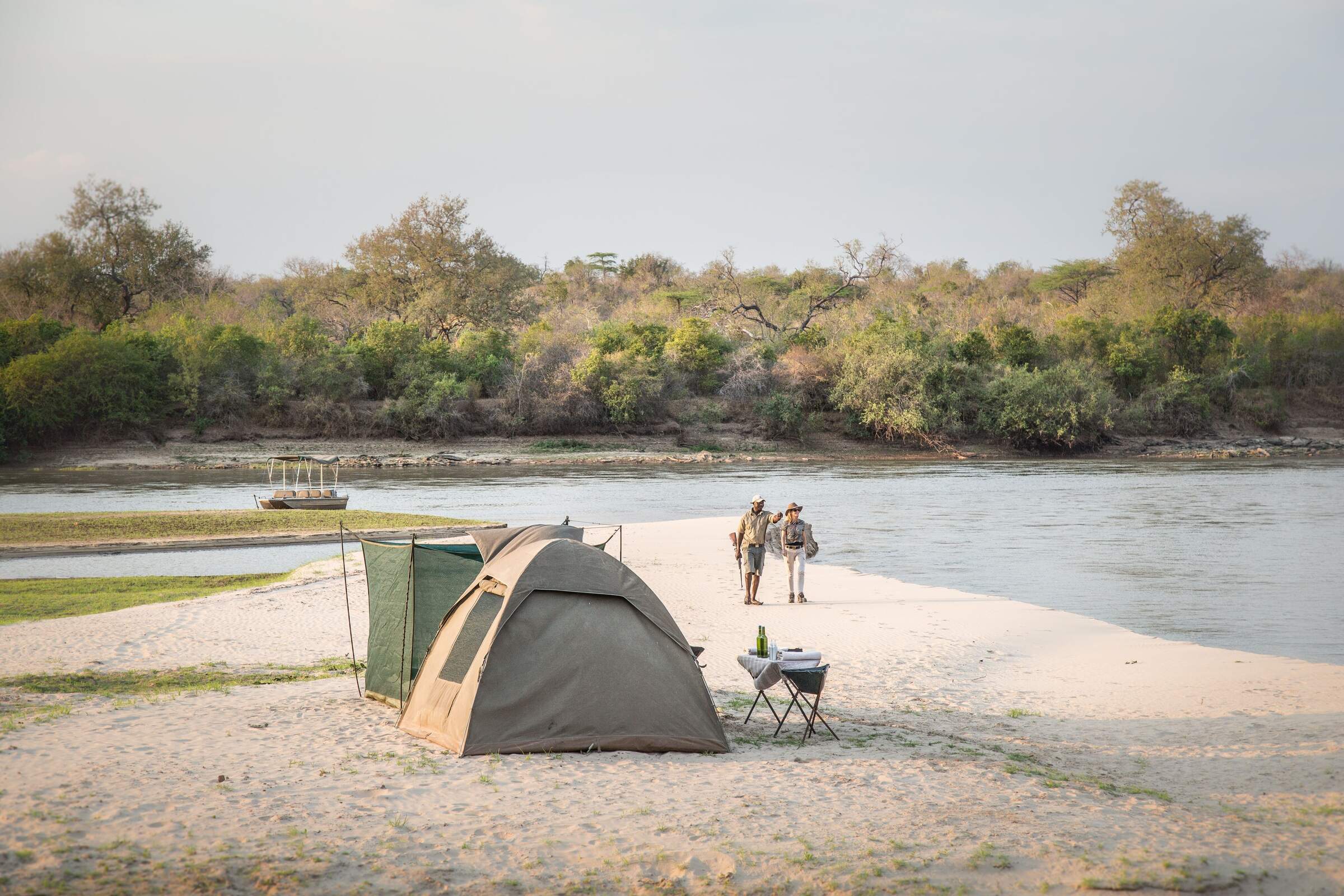
Sand Rivers fly-camp
Sand Rivers fly-camping safaris in Tanzania's Nyerere National Park operate out of Sand Rivers Camp, on the Rufiji River.
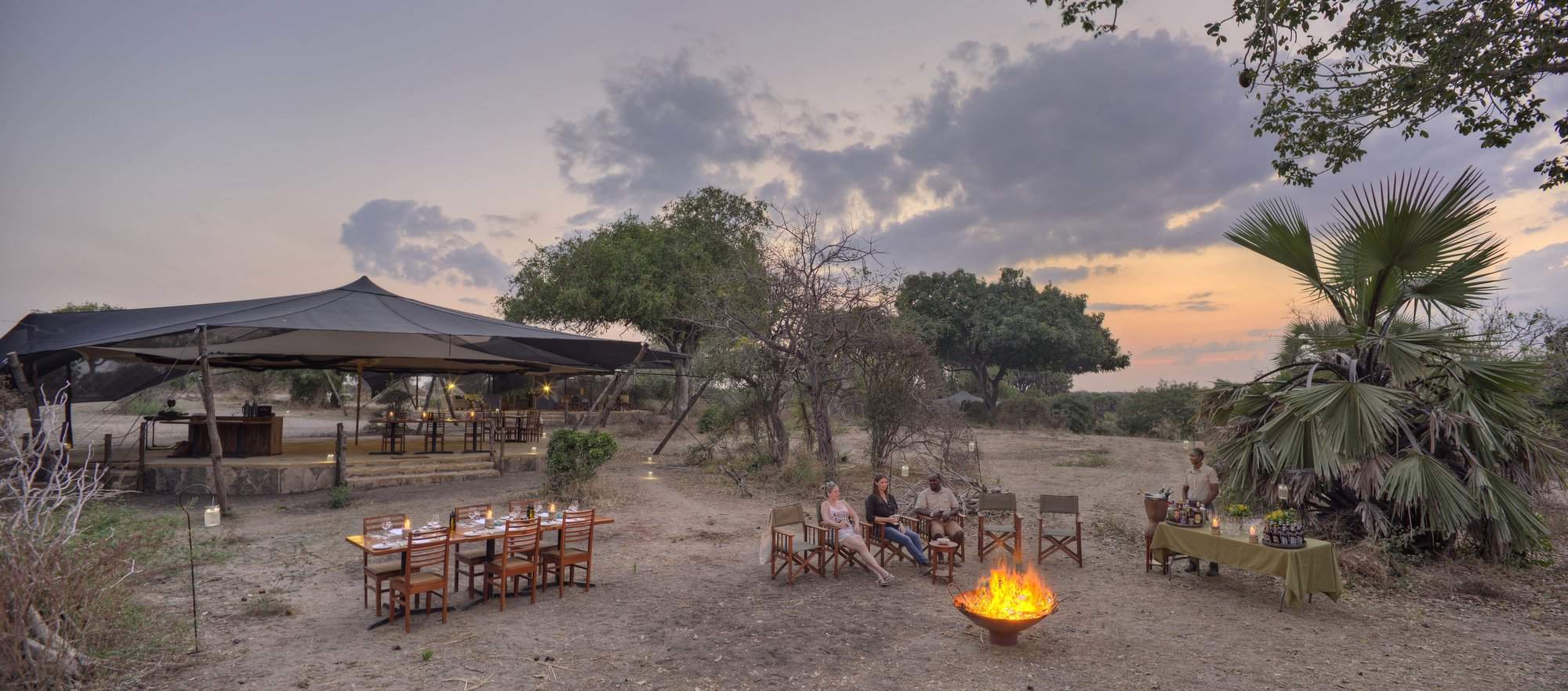
Roho ya Selous
Roho ya Selous is a smart tented camp on the west side of lake Nzerakera, close to the park’s best wildlife-viewing areas.
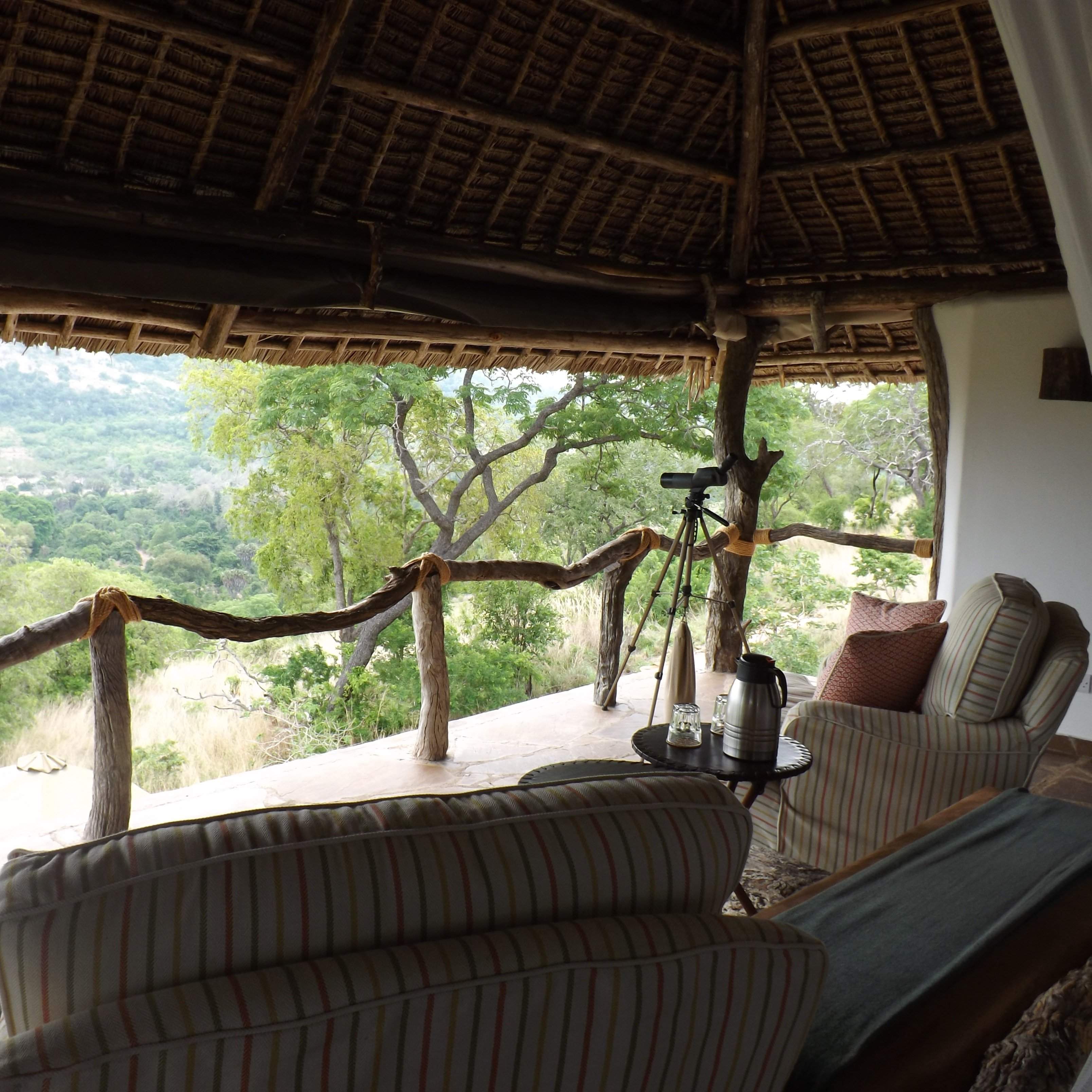
Beho Beho Bailey's Banda
Bailey's Banda at Beho Beho is a luxurious safari lodge in Nyerere National Park which can be booked exclusively for you and your party.
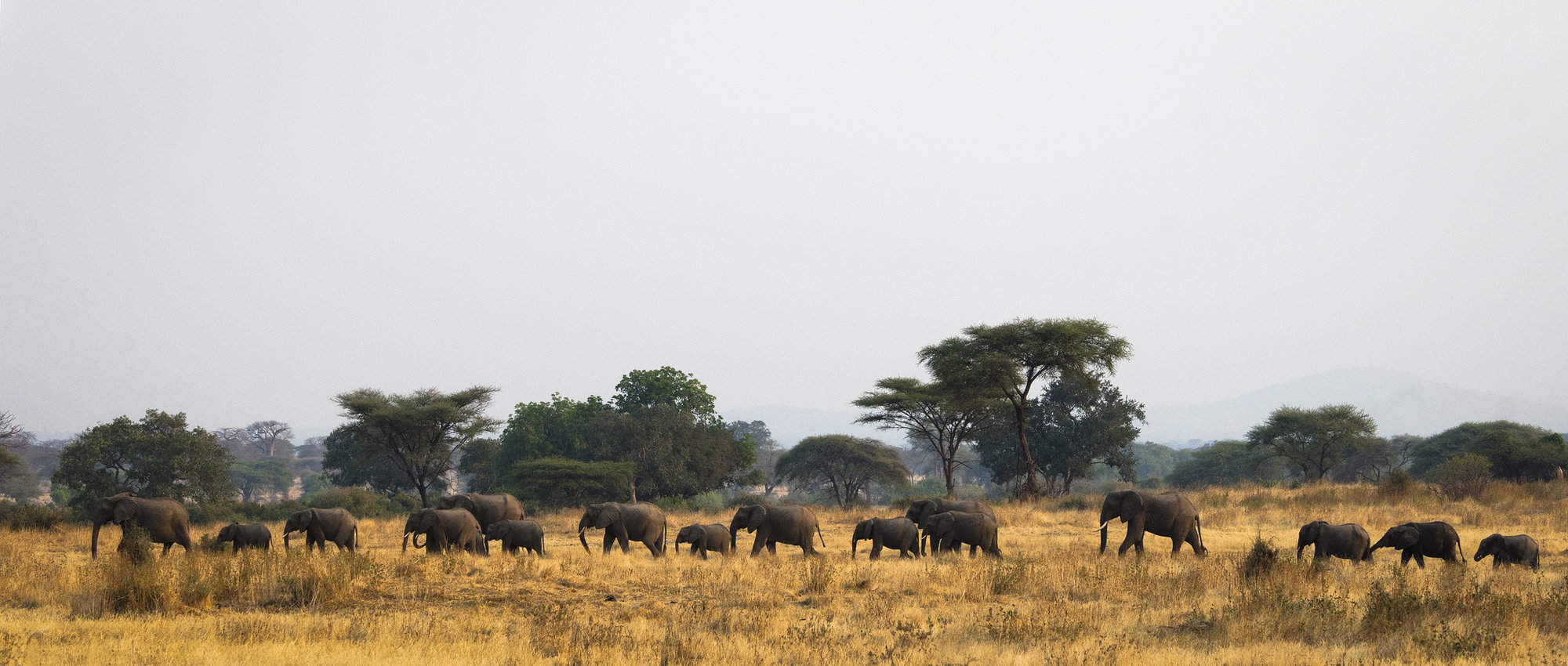
Rufiji River fly-camp
Fly-camping trips can be organised from Rufiji River Camp in Tanzania's Nyerere National Park
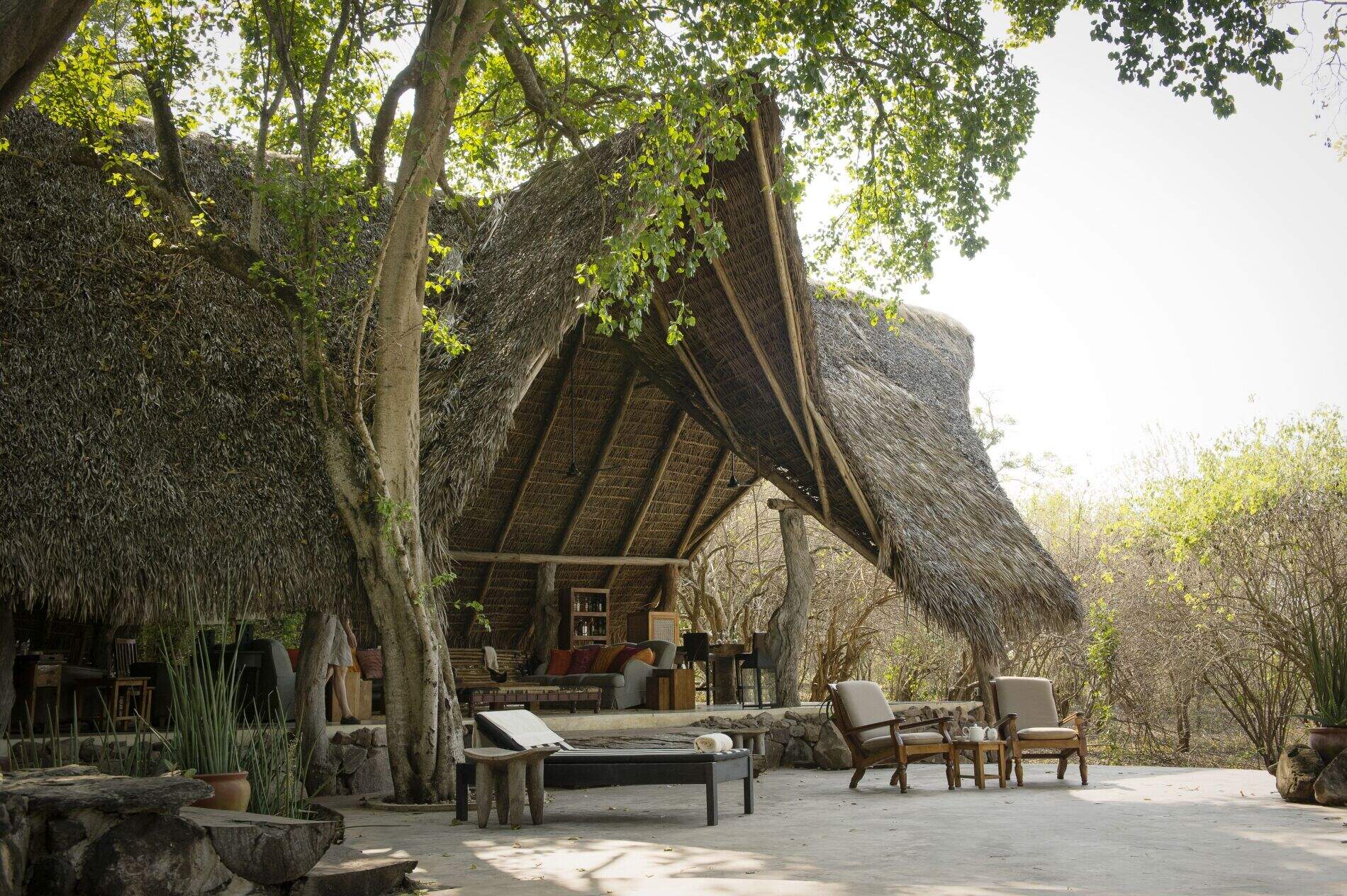
Kiba Point
Kiba Point is the private sister camp of Sand Rivers, available on an exclusive basis, with its own private drivers and staff.
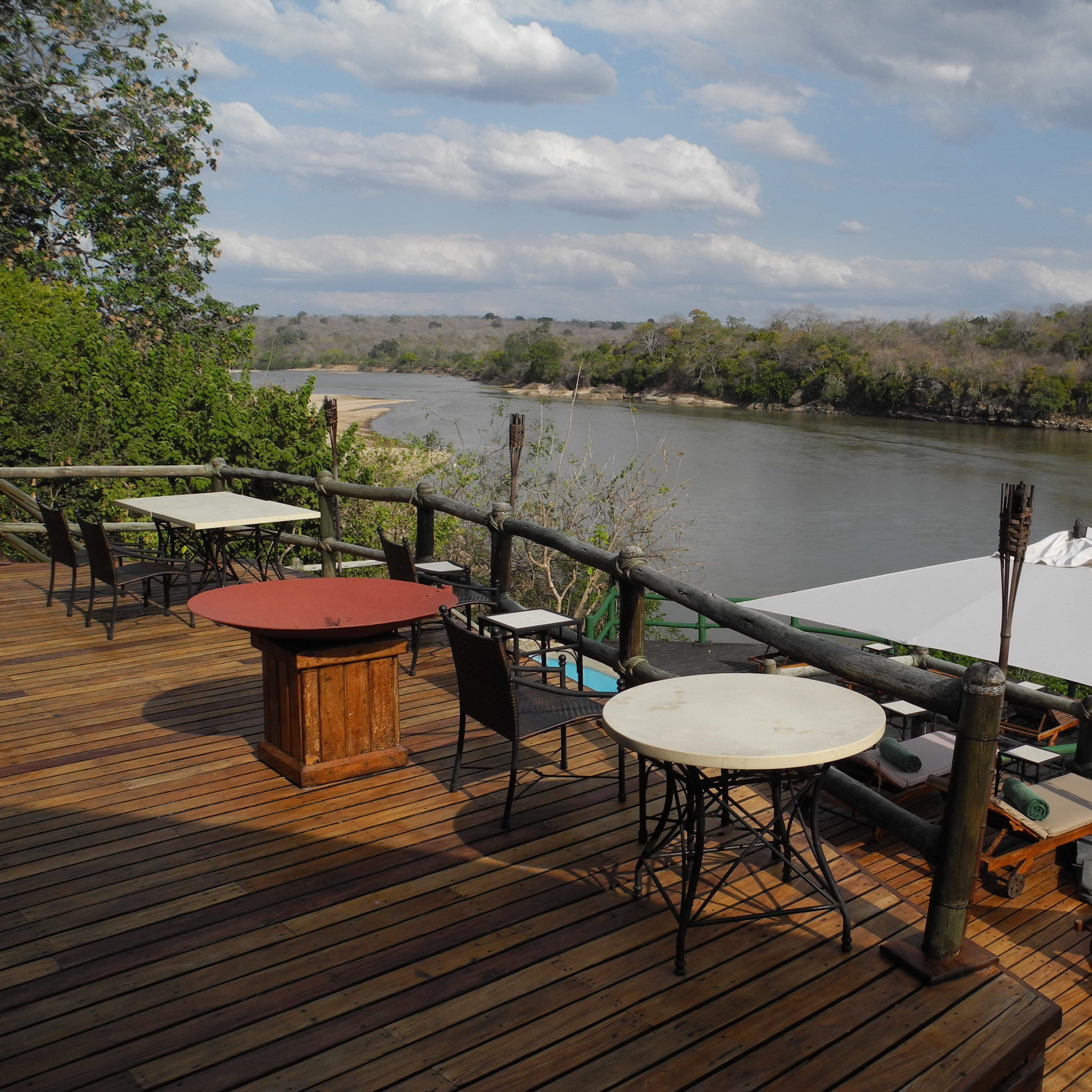
Mivumo River Lodge
Mivumo River Lodge is Serena's main lodge in the Selous. Although comfortable, the windows and air-conditioning dispel any wilderness feel.
Our travellers’ wildlife sightings in Nyerere
This is their success for sightings in Nyerere National Park. Click on a species for more detail. How we work this out.

100% success

100% success

99% success

98% success

97% success

97% success

90% success

87% success

76% success

44% success

28% success

14% success

1% success

1% success

0% success
When to go to Nyerere National Park
Our month by month guide: What it's like to visit Nyerere in Tanzania
Jan
Feb
Mar
Apr
May
Jun
Jul
Aug
Sep
Oct
Nov
Dec
Tanzania in January
January usually marks the start of the short dry season, although the exact timings of this are a little unpredictable. You can expect clear blue skies and sunshine, if the short rains have stopped, and the temperatures will be building. The short dry season is a little less pronounced in Southern Tanzania, and so it can still be wet in these areas. It is an interesting time for avians as resident birds go into breeding plumage and migrant species can be present.
Once the New Year busy period has quietened down, January can offer great value and quieter parks, although the weather can be variable, and in the Selous and Ruaha the wildlife is more dispersed.
- Variable weather: clear & dry or cloudy with some rain.
- Occasional thunderstorms may occur.
- A good time of year for birding as and many migrant species are around
- The wildebeest migration is gathering in the southern Serengeti.
- Busy in early January, quietening down through the month.
Our view
A good time to visit, with pros & cons
Weather in January
Tanzania in February
February is during the short dry season and is one of the hottest months in Tanzania, with temperatures reaching around 33°Celsius. This can be a good time to visit, as some areas of the Northern Circuit are comparatively quieter than during the European summer months, and lodge rates are also a little lower.
The wildebeest will typically be on the southern plains of the Serengeti for their calving season, which tends to occur in a 2-3 week window in early-mid February – although this does vary year on year. This is also a particularly rewarding time for birdlife, as northern hemisphere migrants join the resident species.
- Hot and dry weather.
- Wildebeest migration calving on Serengeti’s southern plains.
- Ngorongoro Crater and southern Serengeti busy for the migration.
- Selous and Ruaha are typically quiet at this time.
- The parks are likely to be lush and green, leading to pretty landscape
Our view
A very good time to visit
Weather in February
Tanzania in March
The heavier ‘long rains’ start in earnest in March although exactly when varies year on year. With no need to stay close to permanent water sources, migratory wildlife disperses, and so game viewing starts to become more challenging. This is most prominently seen in Tarangire National Park. The wildebeest migration may still be calving, or have moved on into the central regions of the Serengeti.
Many of the camps in the southern parks close mid March and mobile tented camps in the Serengeti will wind down towards the end of the month in order to move location or carry out refurbishments, ready for the new tourist season.
- Hot with building humidity, before the rains begin at some point.
- Wildlife viewing is variable depending on the start of the rains.
- Parks are quiet and rates are low.
- Not great for southern or western Tanzania.
- March can be a good time for birding, with many migrant species.
Our view
A good time to visit, with pros & cons
Weather in March
Tanzania in April
April is in the middle of the long rainy season and is the wettest month, with on average 250mm of rain. Temperatures are fairly high and humid in comparison to the rest of the year. Expect the bush to be lush and flowering, and alive with insects, birds and smaller animals. It is however also dense, allowing wildlife to hide, which in turn makes game viewing harder. This is a very quiet time in terms of visitor numbers.
Many of the tented camps are closed in April, however the larger lodges remain open. The rates are significantly cheaper, and so if you are willing to work harder to spot the bigger game, some accommodation bargains can be had.
- Heavy rain expected, with impressive thunderstorms and lightning.
- Many camps closed and roads impassable due to ground conditions.
- Rates are at their lowest all year round, with very few other tourists
- Places that are open are green and vibrant, wildlife more dispersed.
Our view
This is not a great time to visit
Weather in April
Tanzania in May
As Tanzania is close to the equator there is no dramatic difference in climate throughout the year, but temperatures do start to drop a little in May. The rains are likely to still be present, although potentially clearing towards the end of the month. Visitor numbers and lodge rates are still low. The wildebeest migration is making its way through the western regions of the Serengeti, crossing the Grumeti River.
Virtually all camps in southern Tanzania remain closed, and many of the roads and tracks in the Selous become impassable.
- Heavy rains and storms are likely, this can create some dramatic skies
- Blissfully quiet in northern Tanzania, and a good time to avoid crowds
- The parks are likely to look lush and green, with long grass.
- Wildlife is likely to be more dispersed, with fewer sightings.
- The low prices make safaris much more affordable at this time.
Our view
This is not a great time to visit
Weather in May
Tanzania in June
The rains come to an end at some point during the month and migratory wildlife begins to be drawn back to perennial water sources as the land starts to dry up. It’s likely that the parks will still be quite green and the grass high though, so walking and fly-camping may be unlikely. This marks the start of the season with camps reopening, but prices are still more affordable than the subsequent months.
The migration may still be in the Western Corridor, or on the move northwards towards the Mara River. Western Tanzania presents more challenging conditions for chimpanzee trekking in Mahale National Park, as the chimps are higher in the mountains.
- Variable weather: clear & dry or cloudy with some rain.
- A transitory time for the migration – moving from west to north.
- The parks may still be quite green, and grasses high.
- Wildlife may be dispersed still.
- Relatively low visitor numbers and good value, shoulder season prices.
Our view
A good time to visit, with pros & cons
Weather in June
Tanzania in July
July is considered to be the start of the peak season, with no rainfall expected and pleasant daytime temperatures. As the parks dry, the wildlife congregates in fewer areas, grass is eaten and trampled by the migration, and game viewing gets better and better. The wildebeest are typically arriving in the northern Serengeti, ready to begin their period of crossings of the Mara River.
In the Selous and Ruaha wildlife sightings can be fantastic, with animals gathering around the lakes and rivers. Great conditions and school holidays mean the parks are at their busiest, with Ngorongoro and the Serengeti particularly crowded.
- Dry and warm daytimes, chilly and windy in the mornings and evenings.
- Great wildlife viewing, as water sources diminish.
- The most popular time of year with very high visitor numbers.
- Prices are at their highest due to the great conditions on the ground.
- To avoid the crowds consider Tanzania’s southern parks.
Our view
Fantastic: the very best time to visit
Weather in July
Tanzania in August
August is the middle of the long dry season, with clear skies and sunny weather. You can expect some cooler weather at night and first thing in the morning. Remember to pack layered clothing, so you can wrap up warm on your early morning game drives, but remain comfortable as it heats up throughout the day.
August is a very popular time to visit, so accommodation prices are at their highest and advanced booking is necessary. It can get noticeably busier in some of the northern parks – in particular the Ngorongoro Crater and northern Serengeti, as visitors flock to the area in hope of witnessing an exciting migration river crossing.
- Dry and warm daytimes, chilly in the early mornings and evenings.
- General wildlife viewing should be excellent.
- An exciting time of year for the wildebeest migration.
- Certain areas will be very busy and camps fill up fast.
- Great wildlife sightings in the Selous and Ruaha, and fewer people.
Our view
Fantastic: the very best time to visit
Weather in August
Tanzania in September
September can be an excellent time of year to visit Tanzania. As the parks continue to dry up the wildlife becomes increasingly reliant on the remaining water sources, leading to high densities of animals. Whilst early September can be busy, with fewer families traveling at this time the parks typically become quieter as the month goes on.
You are still likely to see the wildebeest migration in the northern Serengeti, with river crossings occurring on a regular basis. Tanzania’s southern parks are also fantastic at this time of year, generally receiving far fewer visitors than the north, and wildlife sightings can be great. Prices remain high and the weather generally remains good.
- Wildlife viewing in September can be fantastic.
- Whilst still fairly busy, often the parks are typically a little quiet
- The parks will start to become very dry, with little new vegetation
- Cooler mornings and evenings, warming up during the day.
- Prices remain high.
Our view
Fantastic: the very best time to visit
Weather in September
Tanzania in October
At the tail end of the dry season, the wildlife should be the easiest to spot, although photographers should be aware that it can be a bit dusty at this time of year, as there has been no rain for several months. Great general wildlife viewing throughout as animals are attracted to remaining sources of water. Elephant numbers are particularly high at this time in Tarangire, and Mahale and Katavi are especially rewarding with frequent wildlife sightings close to camp.
There is a chance of rainfall towards the end of the month, if the short rains commence. While prices remain high, visitors numbers are significantly lower than in July-August.
- Mostly dry and temperatures comfortably warm, with the chance of storm
- Great game viewing although the landscape can be a bit barren.
- Much lower visitor numbers than the earlier months.
Our view
A very good time to visit
Weather in October
Tanzania in November
In November you can expect the start of the short rains, although the start date varies every year. The rains are highly localised, and are much lighter and more unpredictable than the long rains that occur earlier in the year. These should not really interfere with your safari – as the game viewing at this time is still good - but you should pack a waterproof jacket and be prepared for some short rain showers!
The majority of tented camps remain open, but some of the mobile camps in Northern Tanzania will close for the latter half on the month. Given the seasonality, camps are charging shoulder season rates so there are often some bargains to be had. Early November can offer great value for money and the weather conditions are likely to be comparable to late October.
- Variable weather: clear & dry or cloudy with some rain.
- Parks are comparatively quiet and prices at the lower end.
- Some camps will close towards the end of the month for maintenance.
- Good wildlife sightings, but animals will disperse when rain starts
- The wildebeest migration is on the move and the location unpredictable
Our view
A good time to visit, with pros & cons
Weather in November
Tanzania in December
December is also during the short rainy period, but this does not stop Tanzania being a popular destination to spend the festive period. Be aware that many of the lodges book up early, and charge peak rates over this time. Advanced booking is essential over this period, especially if travelling in larger family groups.
Travelling in December outside of the festive period allows travellers to make use of excellent shoulder season rates. Temperatures are pleasant with the averages of 27Celsius, although there is the chance of intermittent thunderstorms.
- Variable weather:clear & dry or cloudy with some rain and thunderstorm
- Good general game viewing in parks with low seasonality - Serengeti.
- Very quiet early in the month, becoming exceptionally busy.
- Prices reflect this – great value rising to the highest they are.
- The wildlife in southern Tanzania is more dispersed.
Our view
A good time to visit, with pros & cons
Weather in December
Nyerere National Park
A guide to Nyerere National Park
Covering 30,000km² of wilderness, with grassy plains, open woodland, mountains and forests, Nyerere National Park forms part of Africa's largest wilderness area – about twice the size of South Africa's Kruger National Park or the Serengeti National Park – and one of Tanzania's UNESCO World Heritage Sites.
At the heart of Nyerere National Park, Tanzania's largest river, the Rufiji, forms a complex network of channels, five interconnected lakes and swamps that create one of the most outstanding ecological systems in East Africa. This river also splits the reserve into two distinct sections:
- The northern Selous, which covers only around 5% of the reserve's total area and now includes Nyerere National Park is dedicated exclusively to photographic safaris and conservation. Virtually all of the small exclusive camps which we offer operate in this area.
- The southern Selous, south of the Rufiji River, is divided into low-volume, private hunting concessions – each of which typically covers about 1,000km². Expert Africa does not offer hunting safaris.
Access to Nyerere National Park
Park entrance fees are (at time of writing) US$75 per person per day (US$50 for park fees plus US$25 conservation charge). We usually include all necessary park fees into the price of a trip here.
History of the area
The Selous was originally named in honour of the Englishman Frederick Courtney Selous, who lived and hunted in the region from 1871 for around forty years. He gained a reputation as the most accomplished hunter of his age and was also known for his writing, most notably 'A Hunter's Wanderings in Africa'. Selous was the right-hand man to Cecil John Rhodes in his campaign to annex present-day Zimbabwe to the British Empire, he also achieved brief notoriety in 1899 for speaking out against England's war on the Boer Republics of South Africa.
When the First World War broke out Selous, at the age of 60, was made Captain of the 25th Royal Fusiliers, winning a DSO in 1916. With his detailed knowledge of the bush, Selous led the chase after the German guerrilla army that presided in southern Tanzania. On New Year's Day 1917, Selous was shot dead by a sniper close to the banks of the Beho Beho River where he remains buried today, near Beho Beho Safari Camp.
Five years after Frederick Courtney Selous' death, the British colonists incorporated a number of existing game reserves south of the river to extend the plains of the aptly named Selous. The Game Reserve reached its present size and shape in the 1940s, when the colonial government moved the remaining tribes out of the area to combat a sleeping sickness epidemic. It was inscribed as a UNESCO World Heritage Site in 1982.
Activities in Nyerere National Park
All of the lodges also offer guided game walks for those aged 12 and over (16 at Lake Manze and Impala), which come with a real likelihood of encountering big game such as elephant, buffalo and even lion on foot. Game drives are reliably rewarding, especially towards the end of the dry season, when large mammals concentrate around the five lakes.
Better still are the overnight fly-camping excursions offered by some of the camps, which entail sleeping out in the middle of the bush in a small tent or glorified mosquito net cube.
Fly-camping safaris in Nyerere National Park
Wherever the name comes from, a fly-camp is a small, temporary camp that is set up in the bush. Comfort is limited as the tents are just normal camping tents. Dinner is cooked on the fire and served nearby – after which it's natural to gather around the campfire, relax in canvas chairs, for a drink and a chat. There's something mesmerising about dancing flames under an African sky, with the sounds of the wild in the background.
If you've not done it before, then sleeping out in the bush in Africa might seem a little scary, but there's always an armed game scout nearby to reassure you. We love the thrill and immersive feeling of fly-camping and can't recommend it too highly for adventurous adults. However, these trips aren't for children. Talk to us about them, and perhaps go fly-camping for just a day or two in the middle of your trip.
The wildlife of Nyerere National Park
Historically, Nyerere National Park has been home to a large proportion of Tanzania's elephants population, but unfortunately there has been a marked increase in poaching over recent years and elephant numbers are now much lower than they once were.
Birds of Nyerere National Park
Hunting in the southern section
Expert Africa doesn't endorse hunting or arrange any hunting trips. The only time we have ever visited, or sent our travellers, to this section of the park was some years ago when one concession here – Lukulu Selous – decided to stop hunting to become a purely ‘photographic’ area.
Although this venture has, sadly, now closed, we hope that as numbers of photographic visitors increase in the future, some sections of southern Nyerere National Park will change from hunting to photographic safaris again and that the move will become permanent.
Map of Nyerere National Park
Choices for where to stay in Nyerere National Park
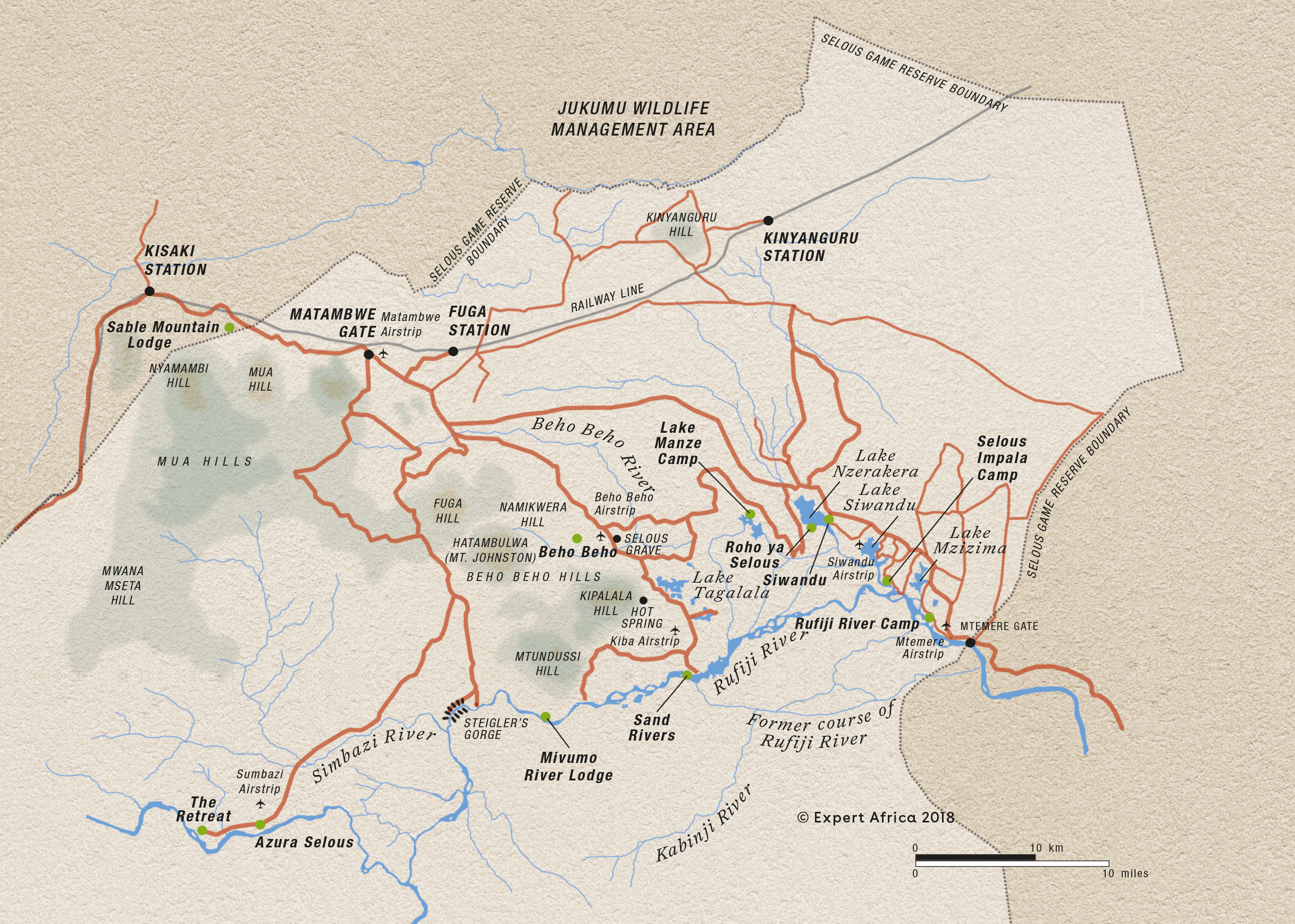
Nyerere National Park: Safaris
Nyerere National Park is vast, and it's characterised by grassy plains, open woodland, mountains and forests as well as the channels, lakes and swamps of the Rufiji River.
When considered as a whole, it is Africa’s largest wildlife area. However, it is really divided into two parts: a larger southern section, which is used for hunting safaris; and a significantly smaller, northern section where there is no hunting - it is only used for photographic safaris. Our safari holidays to Nyerere National Park visit only the northern part of the park, which you can explore by boat, vehicle or on foot! To get even closer to the bush, you might even consider the fly-camping excursions offered by some camps.
Almost all of those trips combine particularly easily with our ideas for beach holidays in Zanzibar, or our beach breaks to Mafia.

Bat-eared Fox Fly-in Safari
3 days • 1 locations
DAR ES SALAAM AIRPORT TO DAR ES SALAAM AIRPORT
This is an ideal first-time safari and is the perfect add-on to a holiday in Zanzibar. Nyerere National Park is one of Africa’s biggest wildlife areas and is home to an abundance of animals.
US$2,690 - US$3,090 per person

Dwarf Mongoose Fly-in Safari
6 days • 2 locations
DAR ES SALAAM AIRPORT TO DAR ES SALAAM AIRPORT
Stay in two eco-friendly, rustic bush camps in Nyerere National Park and Ruaha National Park. Remote wilderness, a diversity of habitats and a good range of activities are available in these two wildlife havens.
US$4,810 - US$5,320 per person

Jackal Fly-in Safari
8 days • 2 locations
DAR ES SALAAM AIRPORT TO DAR ES SALAAM AIRPORT
Enjoy a range of activities on this luxury fly-in safari. Explore the remoter regions of Ruaha National Park and Nyerere National Park with phenomenal guides during stays at two impressively comfortable camps that remain perfectly in keeping with their surroundings.
US$10,460 - US$12,080 per person

Turaco Safari
12 days • 4 locations
DAR ES SALAAM AIRPORT TO DAR ES SALAAM AIRPORT
This top-value holiday idea combines two safari areas with a week on the Indian Ocean island of Zanzibar. Photograph lions and elephants, then relax under the palms on a powder-sand beach.
US$6,190 - US$6,830 per person

Topi Fly-in Safari
7 days • 2 locations
DAR ES SALAAM AIRPORT TO DAR ES SALAAM AIRPORT
Explore Nyerere National Park and Ruaha National Park from two luxurious, colonially styled camps. Chosen for their access to good game viewing and thrilling remoteness, these camps also offer a range of varied safari activities.
US$7,420 - US$7,420 per person

Spotted Hyena Fly-in Safari
7 days • 2 locations
DAR ES SALAAM AIRPORT TO DAR ES SALAAM AIRPORT
Stay in one of Nyerere National Park's best safari camps before experiencing a truly authentic tented camp in Ruaha. Remote locations, superb guiding and a range of activities await guests during this comfortable fly-in safari.
US$6,660 - US$8,660 per person

Marabou Stork Fly-in Safari
13 days • 5 locations
KILIMANJARO AIRPORT TO DAR ES SALAAM AIRPORT
Four luxurious camps enable exploration of Tanzania’s north and southern regions. With a range of land- and water-based activities available throughout, decidedly comfortable accommodation and applicable long-stay discounts, this adventurous safari is excellent value.
US$19,410 - US$25,560 per person

Superb Starling Fly-In Safari
7 days • 2 locations
DAR ES SALAAM AIRPORT TO DAR ES SALAAM AIRPORT
Explore Nyerere and Ruaha national parks from two luxurious sister camps within wildlife-rich locations. Both offer a range of land- and water-based activities, a superb standard of guiding and access to beautifully contrasting landscapes.
US$9,180 - US$12,950 per person
Best 14 lodges and safari camps in Nyerere National Park
Around a dozen small camps are dotted in and around Nyerere National Park. The best in pure game-viewing terms are those situated in the eastern part of the park, close to lakes Manze and Siwandu. Ask us for more details of what's where, and what's likely to suit you best!

Impala Camp
Impala Camp is a comfortable, excellent-value camp with colourful tented rooms raised on platforms, good guiding and tasty food.

Lake Manze Camp
Lake Manze Camp is a rustic, lakeside bushcamp in Nyerere National Park that offers a great wilderness experience and doesn’t cost the earth.

Beho Beho
Beho Beho is one of the best camps we work with in Africa, with gracious hosts, fantastic food and most importantly, excellent guiding.

Siwandu
Siwandu is a luxurious and smoothly run camp with beautiful rooms and superb service offering great views over Lake Nzerakera.

Sand Rivers Camp
The stylishly put together Sand Rivers has an outstanding reputation, with a wonderful location on the Rufiji River and great guides.

Beho Beho Tree-house
Beho Beho Treehouse is a satellite tree platform for just one couple, managed by Beho Beho and ideal as a one-night honeymoon retreat

Impala fly-camping
While you're staying at Impala Camp in Nyerere National Park, you can enjoy a few nights' fly-camping in the heart of the bush.

Sand Rivers fly-camp
Sand Rivers fly-camping safaris in Tanzania's Nyerere National Park operate out of Sand Rivers Camp, on the Rufiji River.

Rufiji River Camp
Rufiji River Camp has a lovely location right on the edge of the Rufiji River and while not luxurious, it is one of the lowest-cost camps in the park.

Roho ya Selous
Roho ya Selous is a smart tented camp on the west side of lake Nzerakera, close to the park’s best wildlife-viewing areas.

Beho Beho Bailey's Banda
Bailey's Banda at Beho Beho is a luxurious safari lodge in Nyerere National Park which can be booked exclusively for you and your party.

Kiba Point
Kiba Point is the private sister camp of Sand Rivers, available on an exclusive basis, with its own private drivers and staff.

Looking for inspiration on where to travel next?
Visit our trip chooser to explore your options and find inspiration for your perfect African adventure
Inspire me
